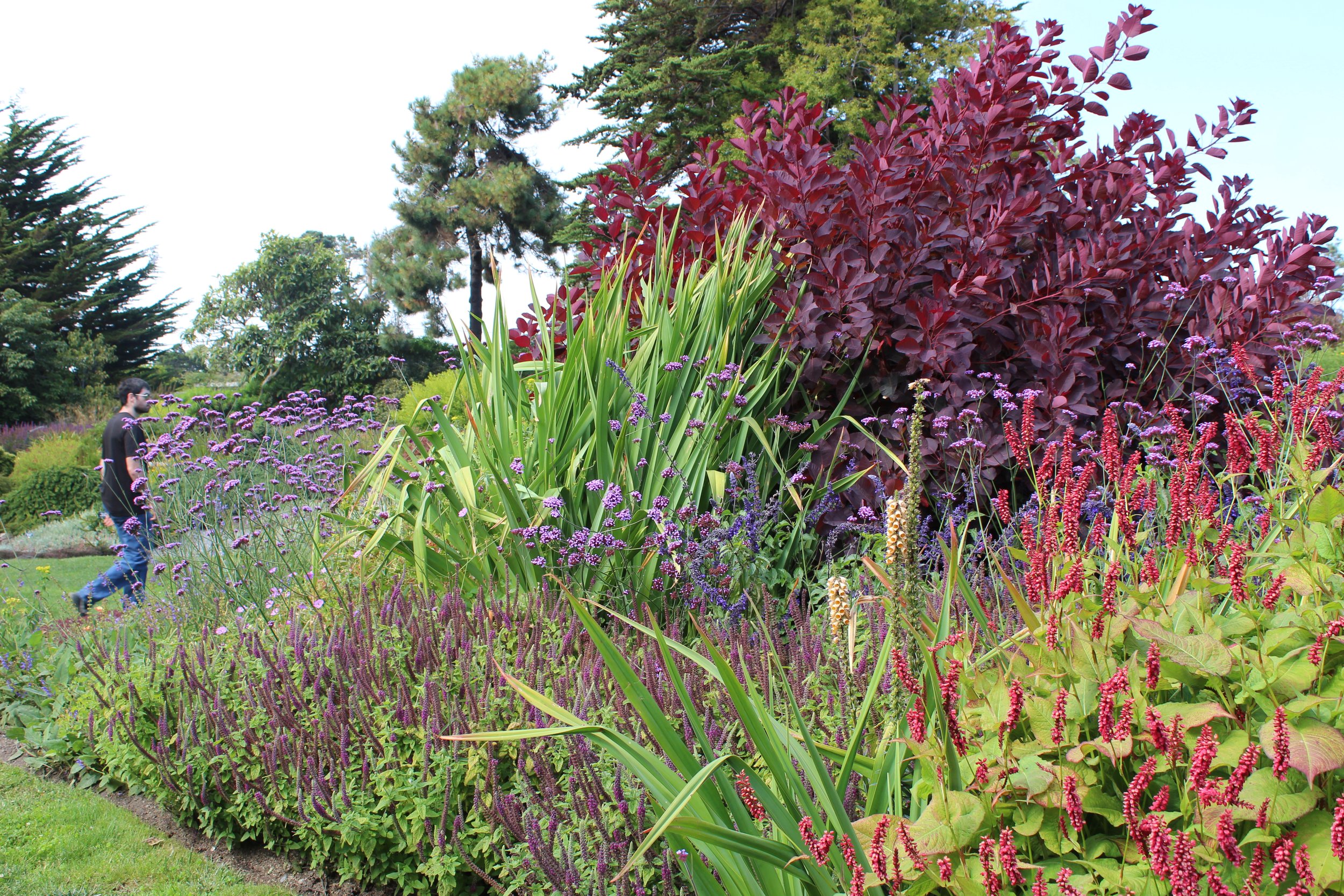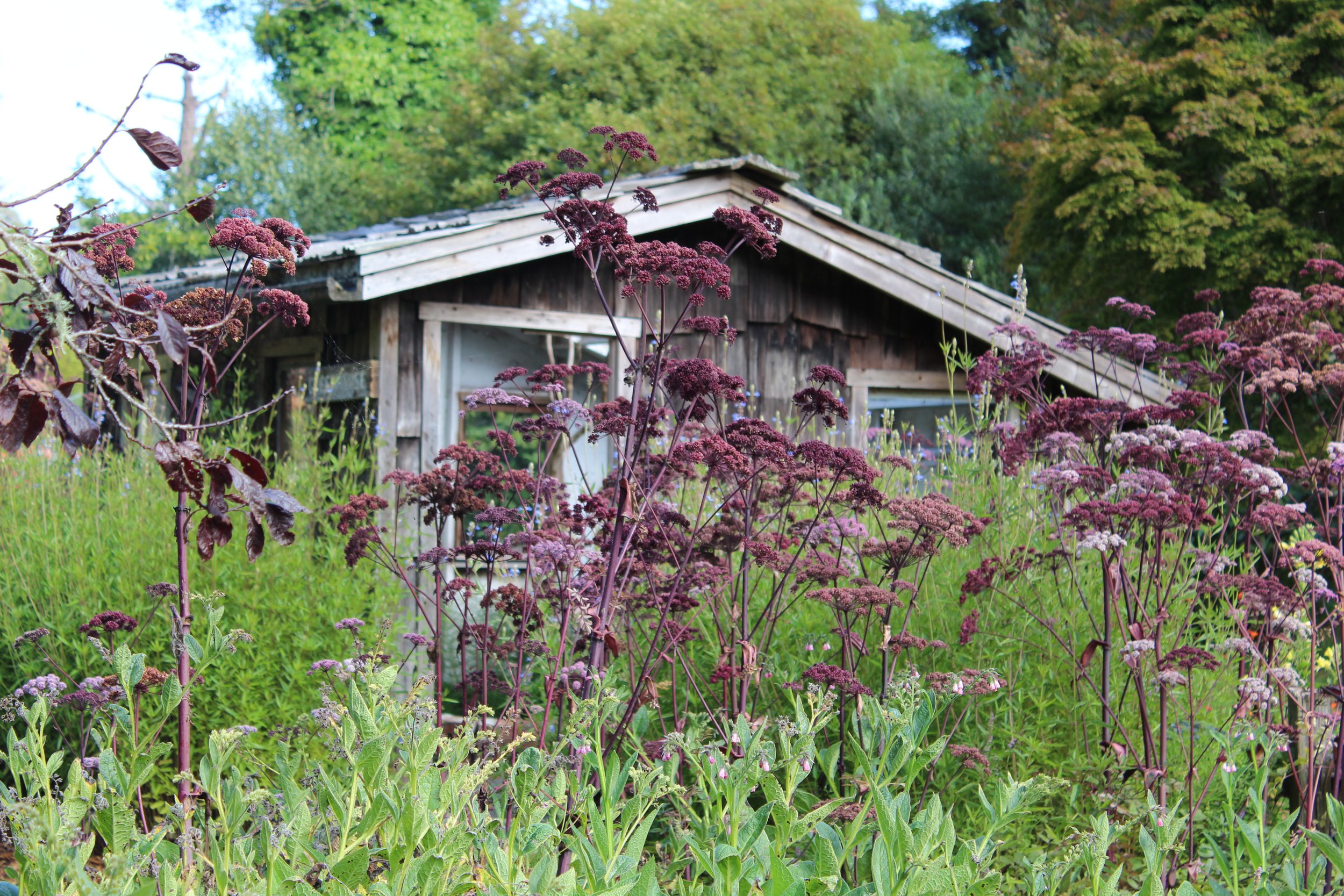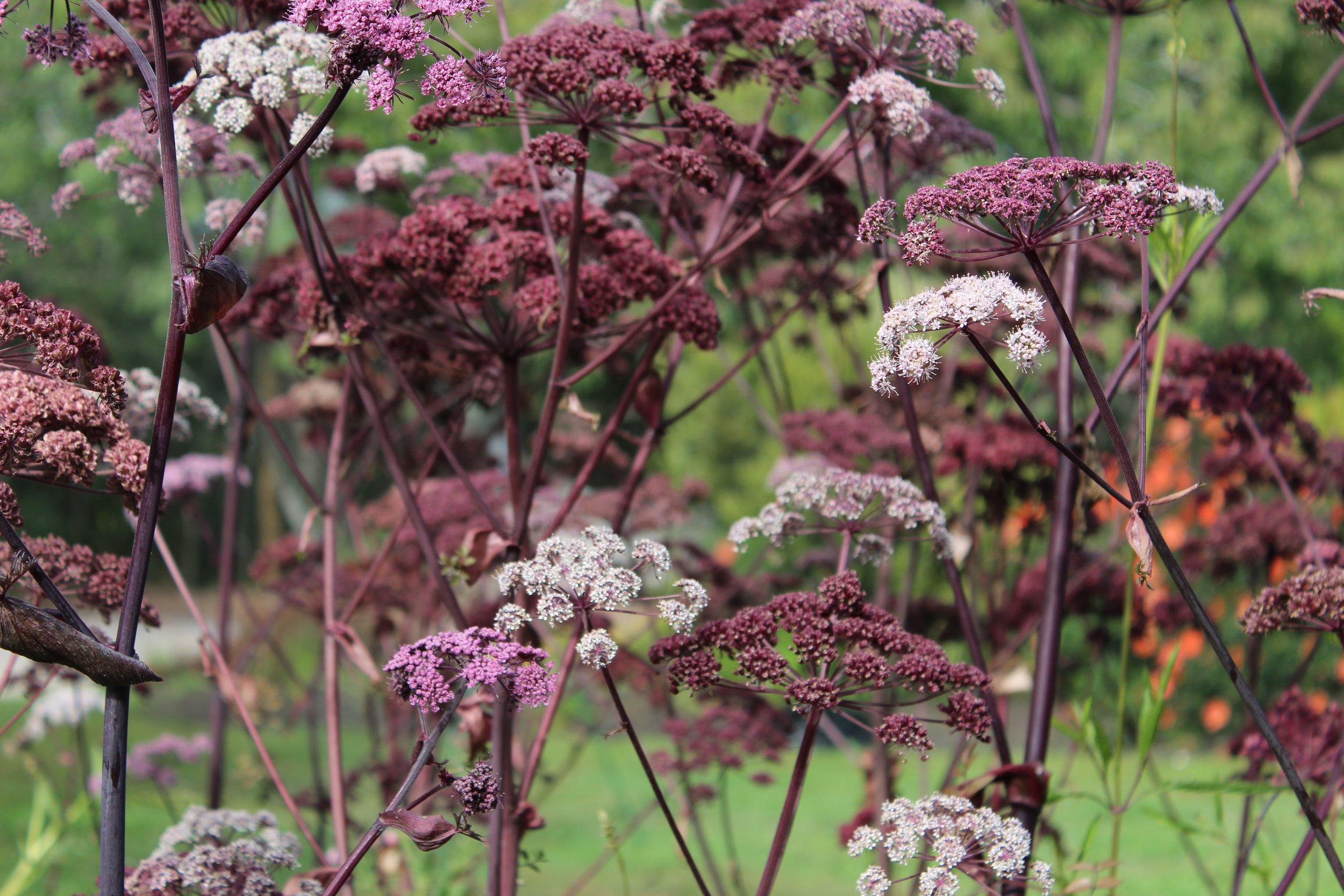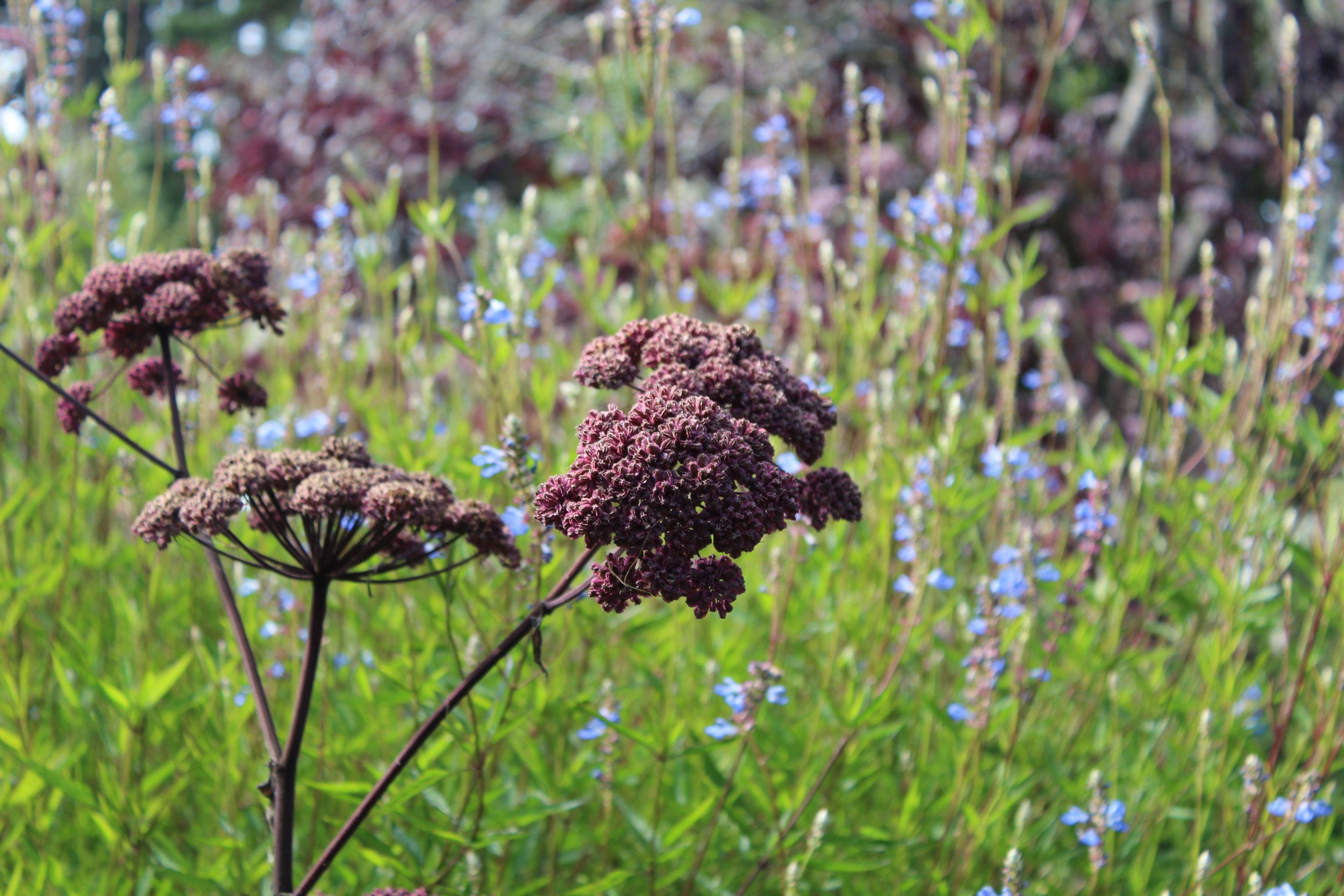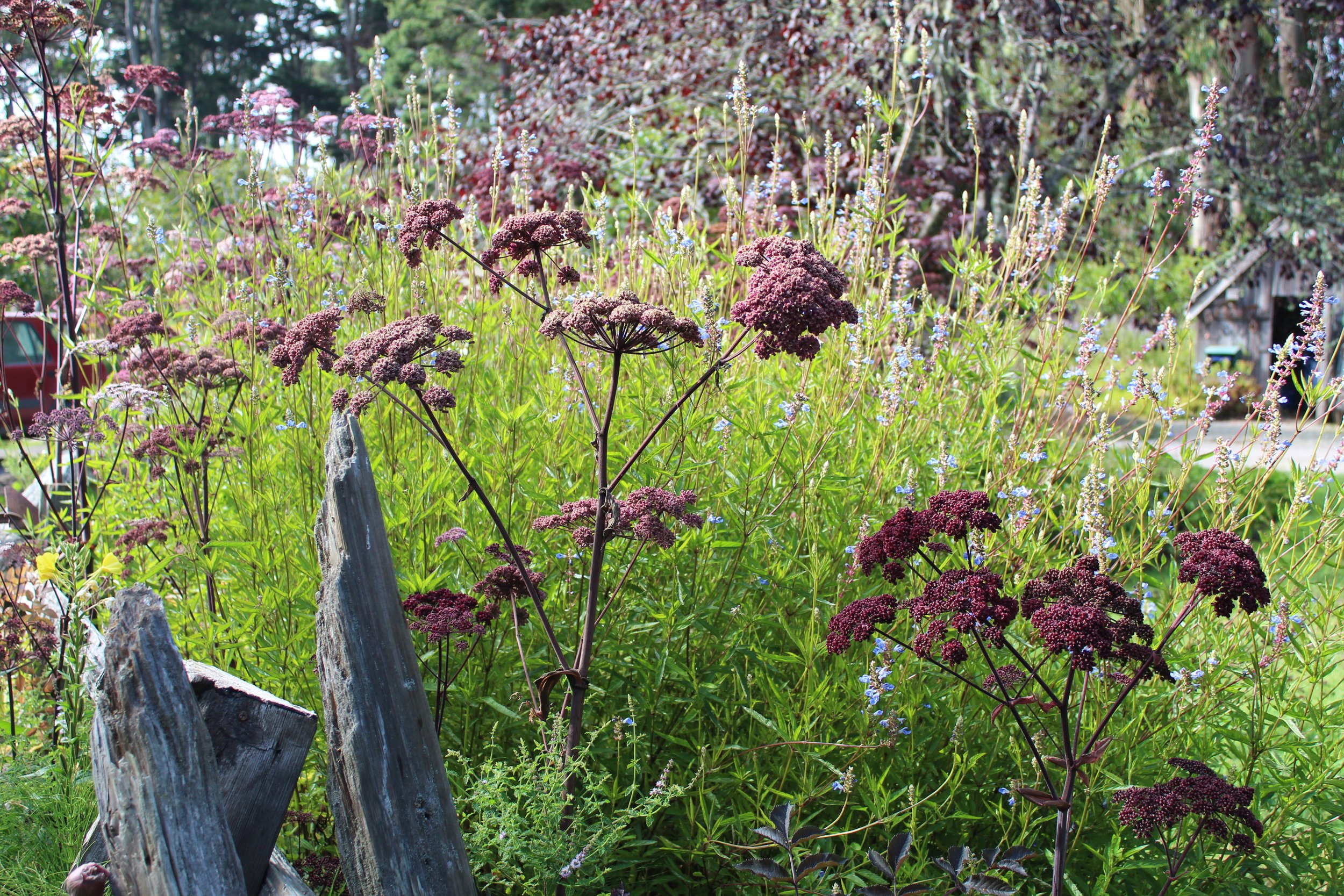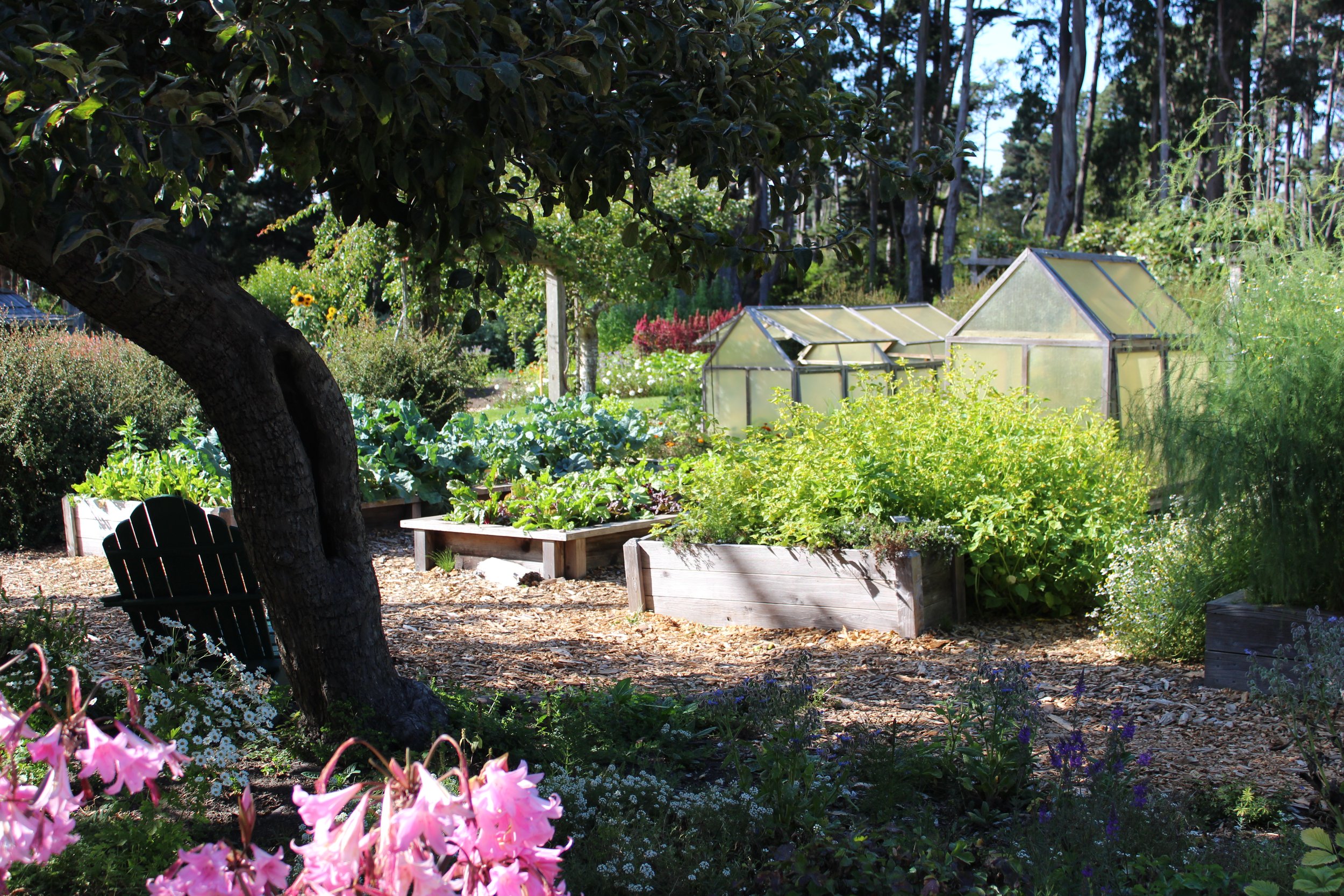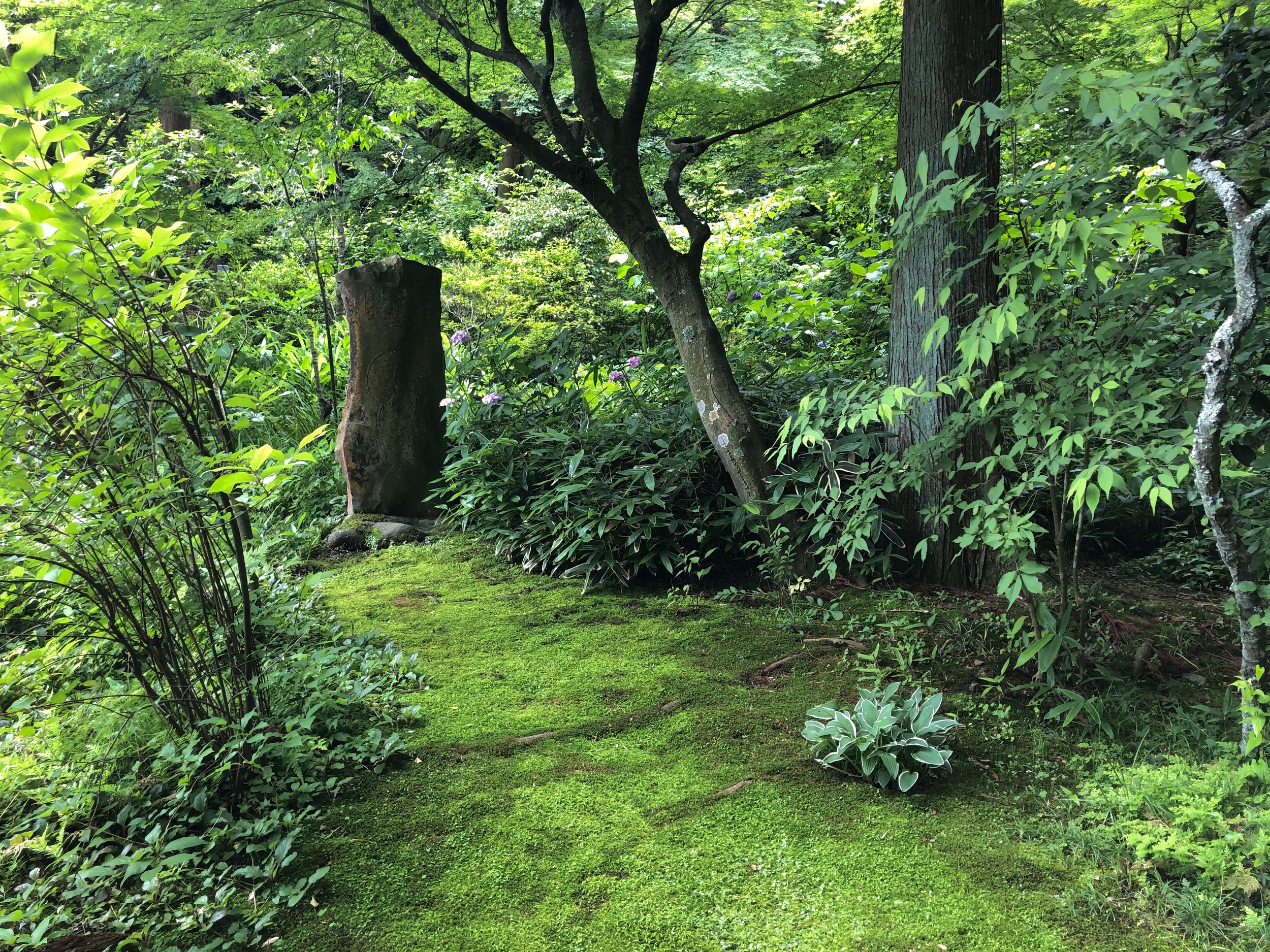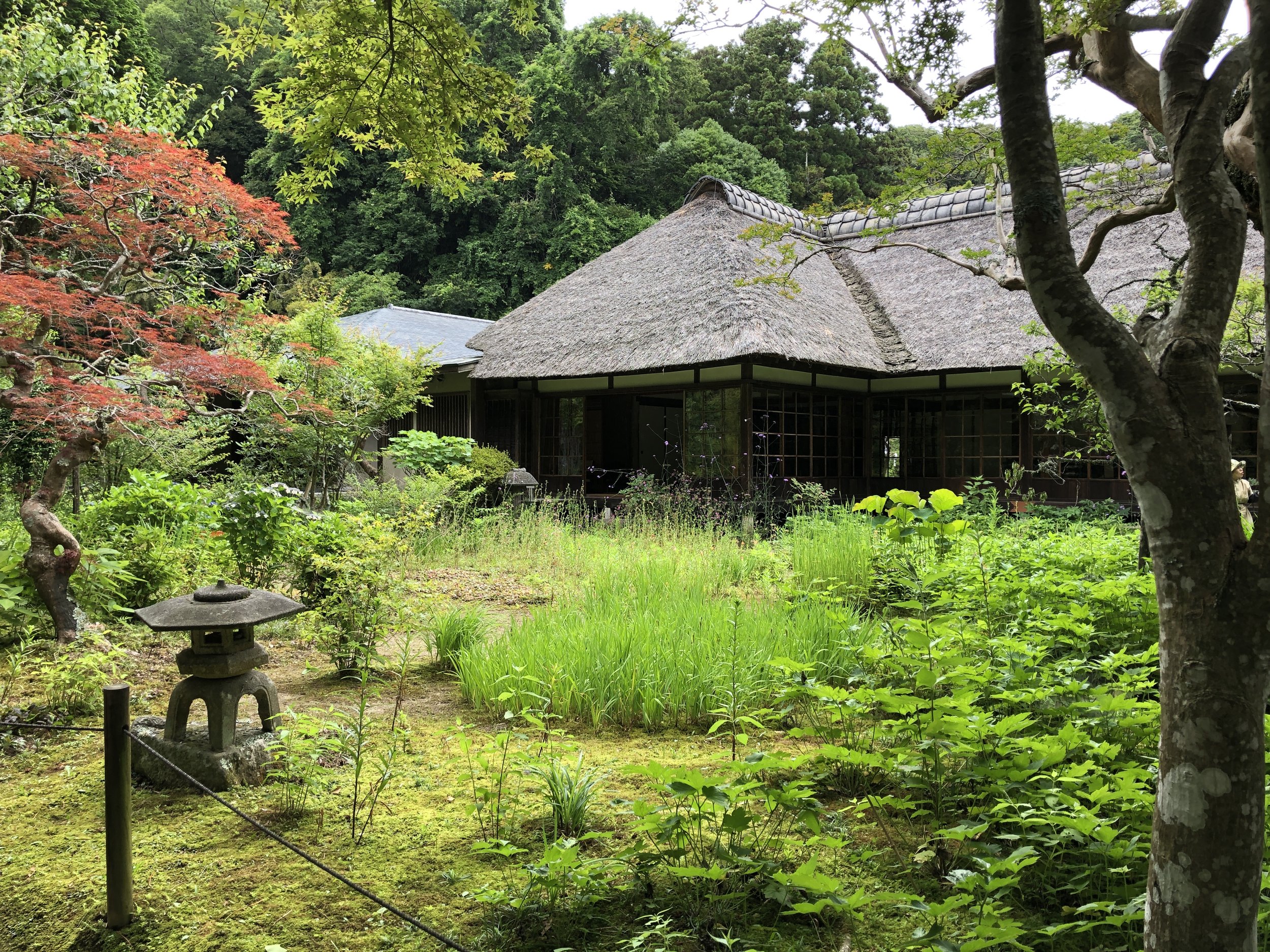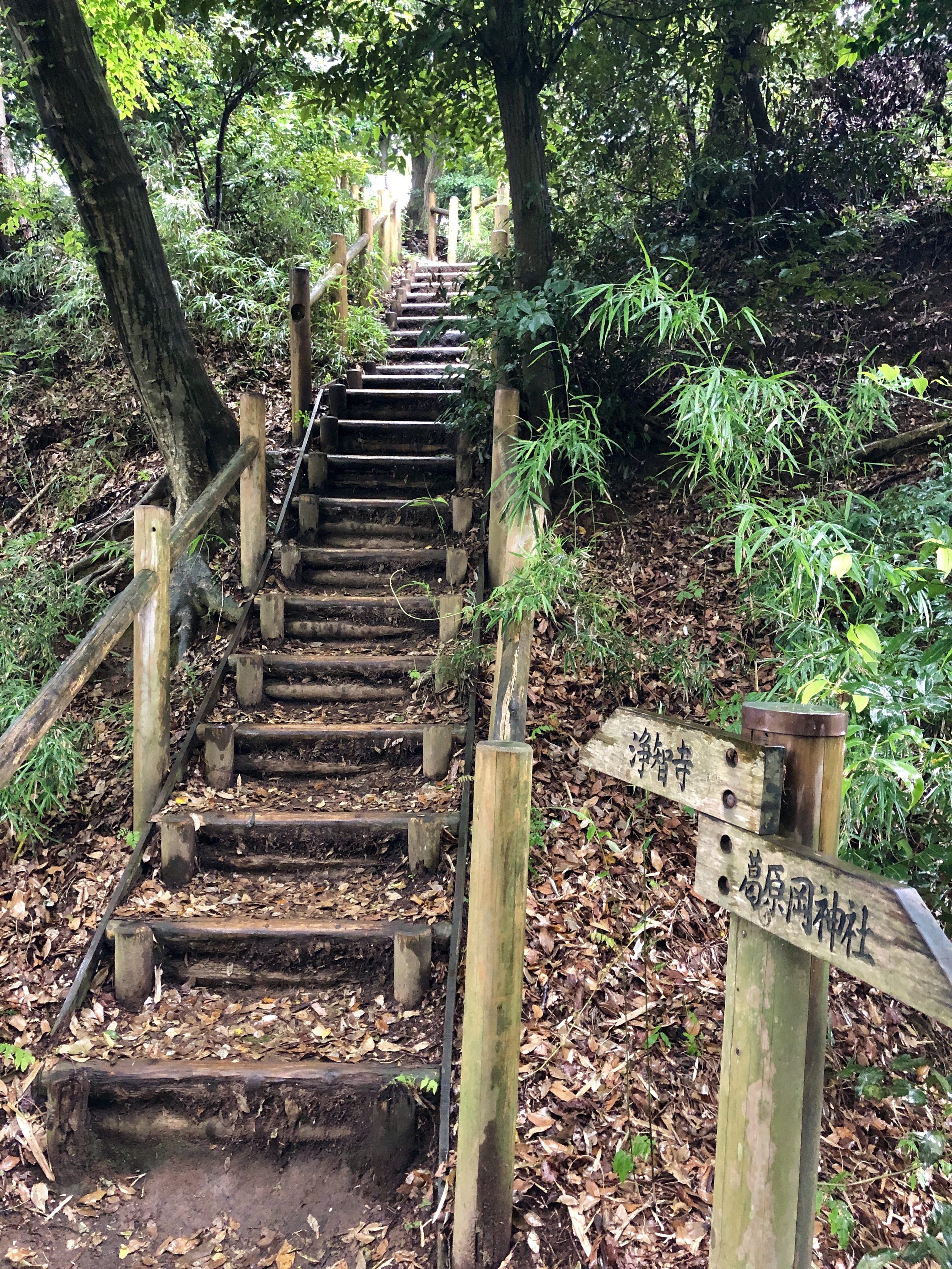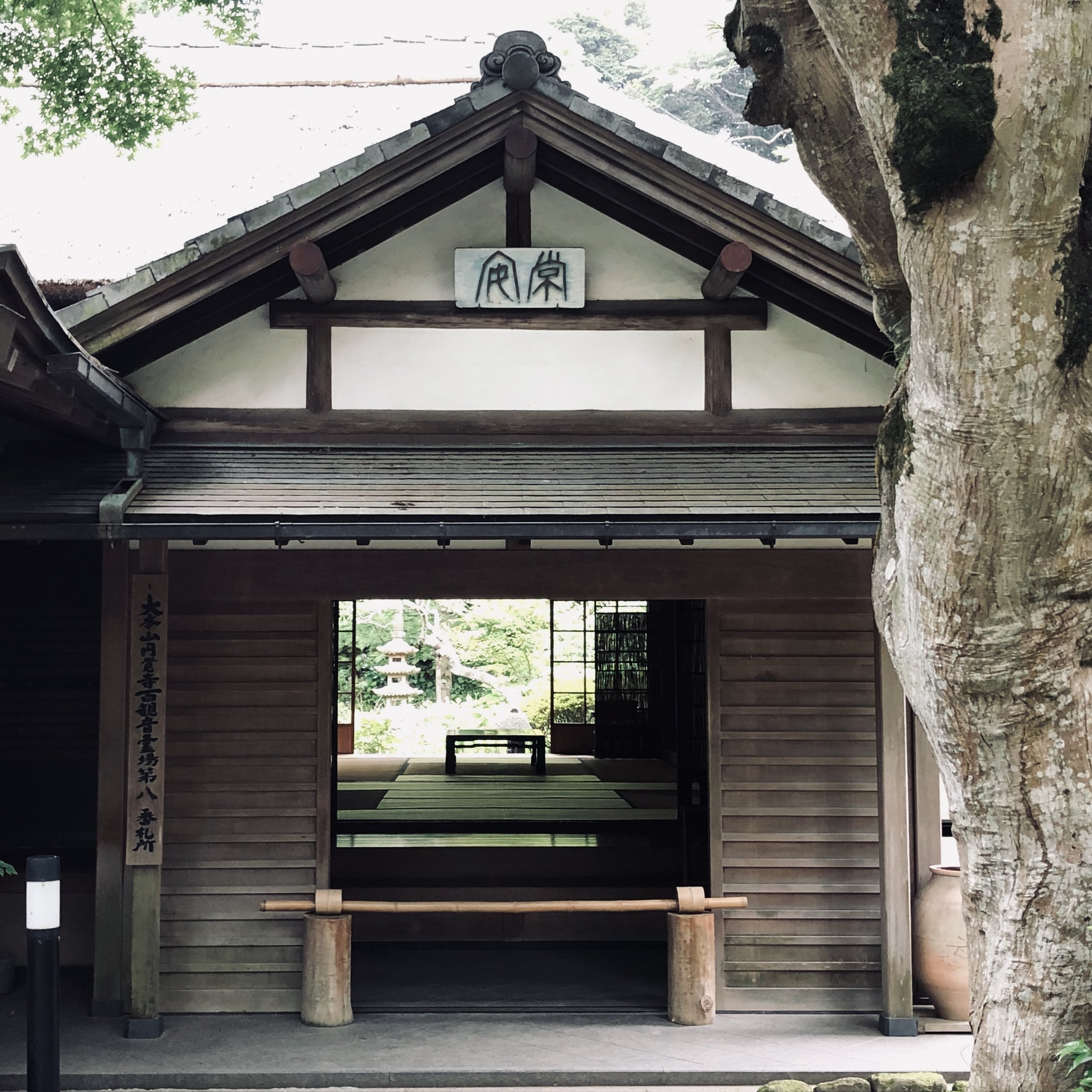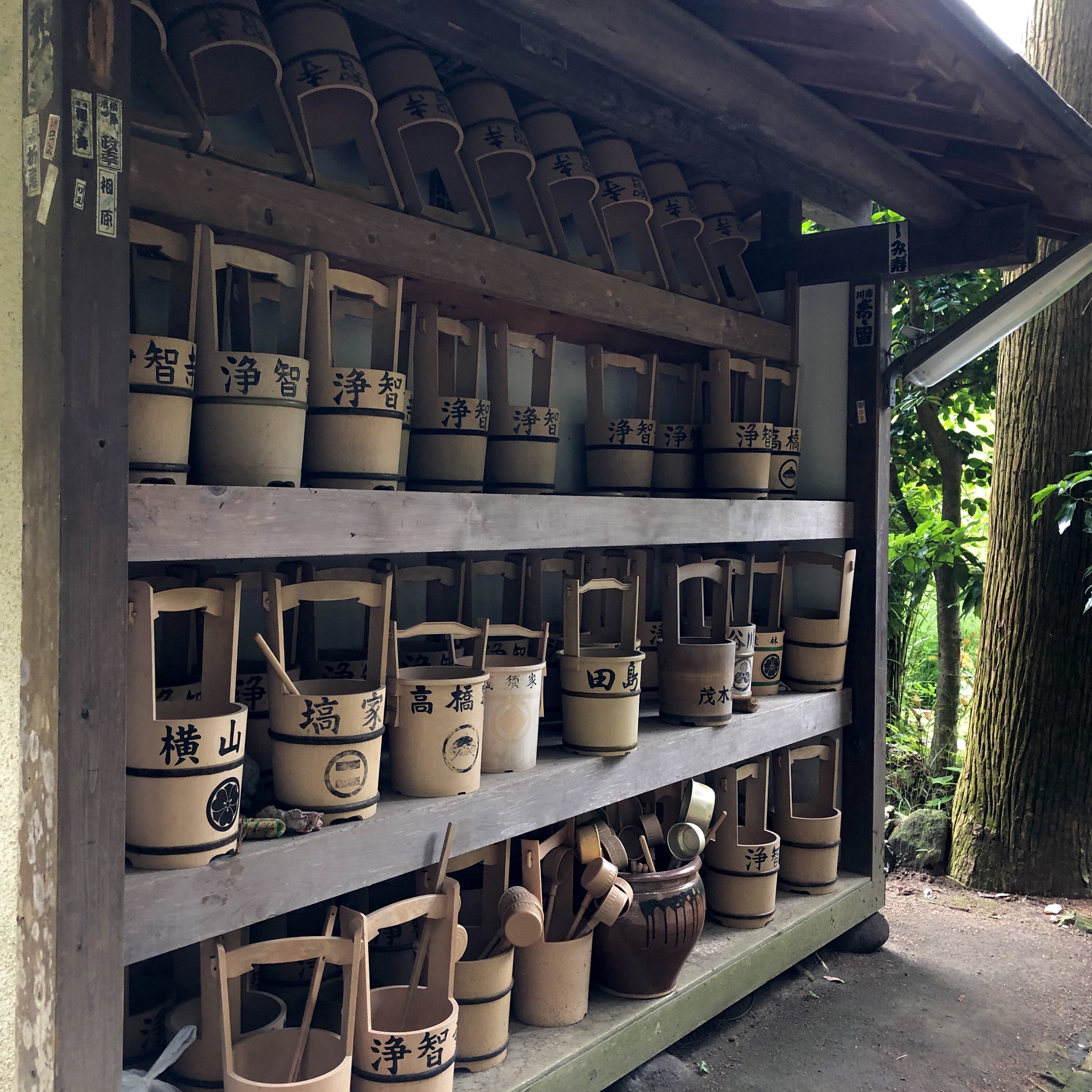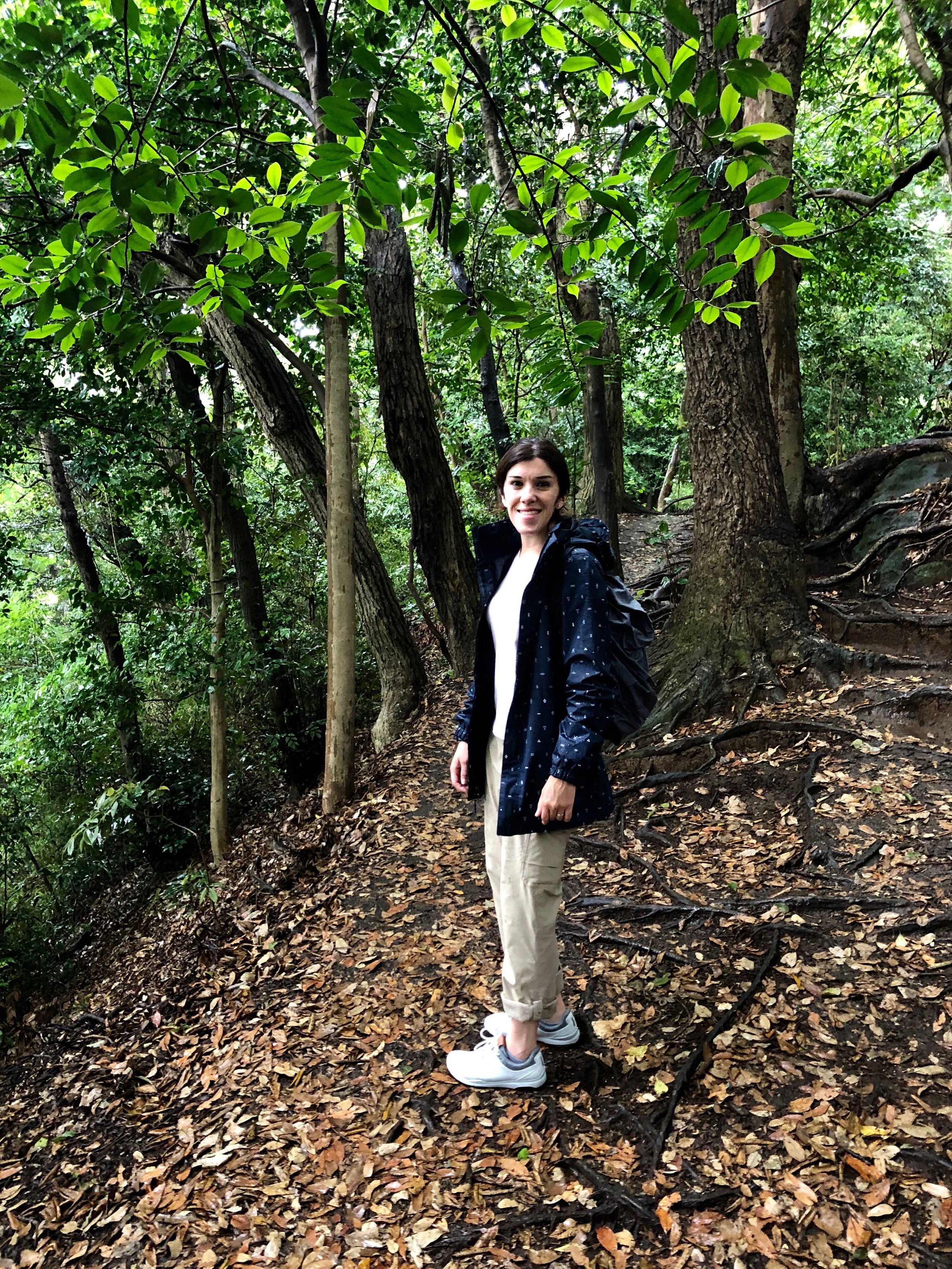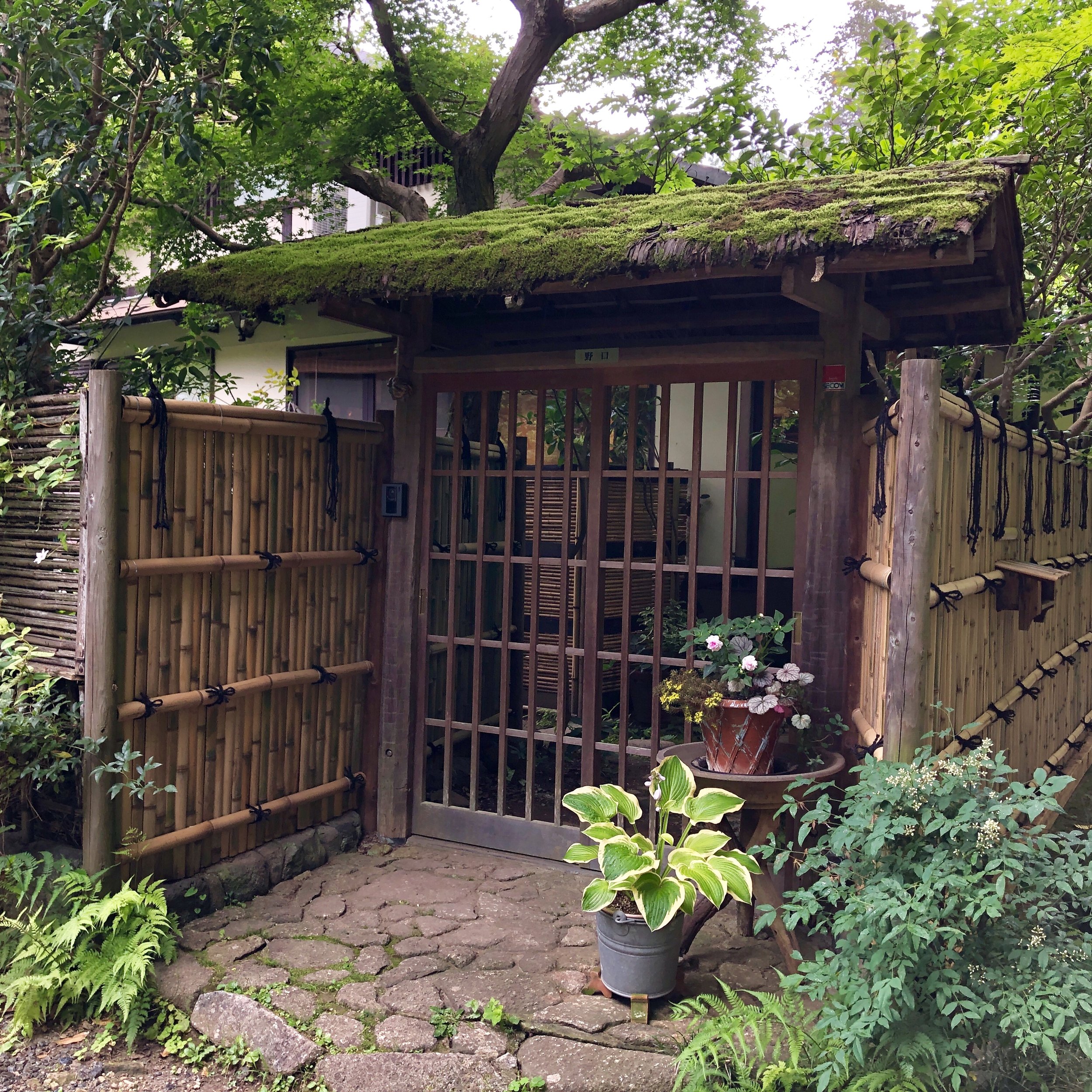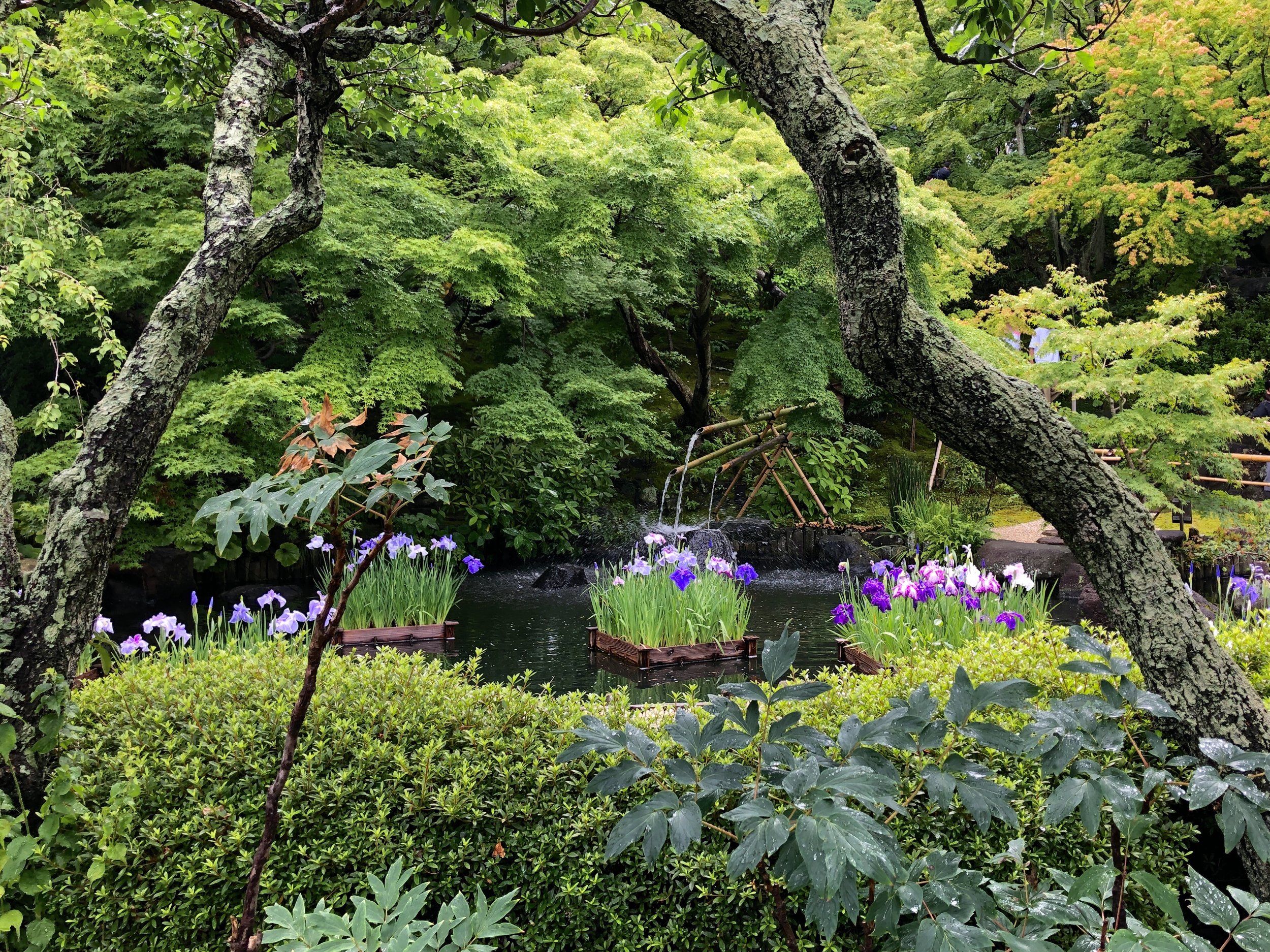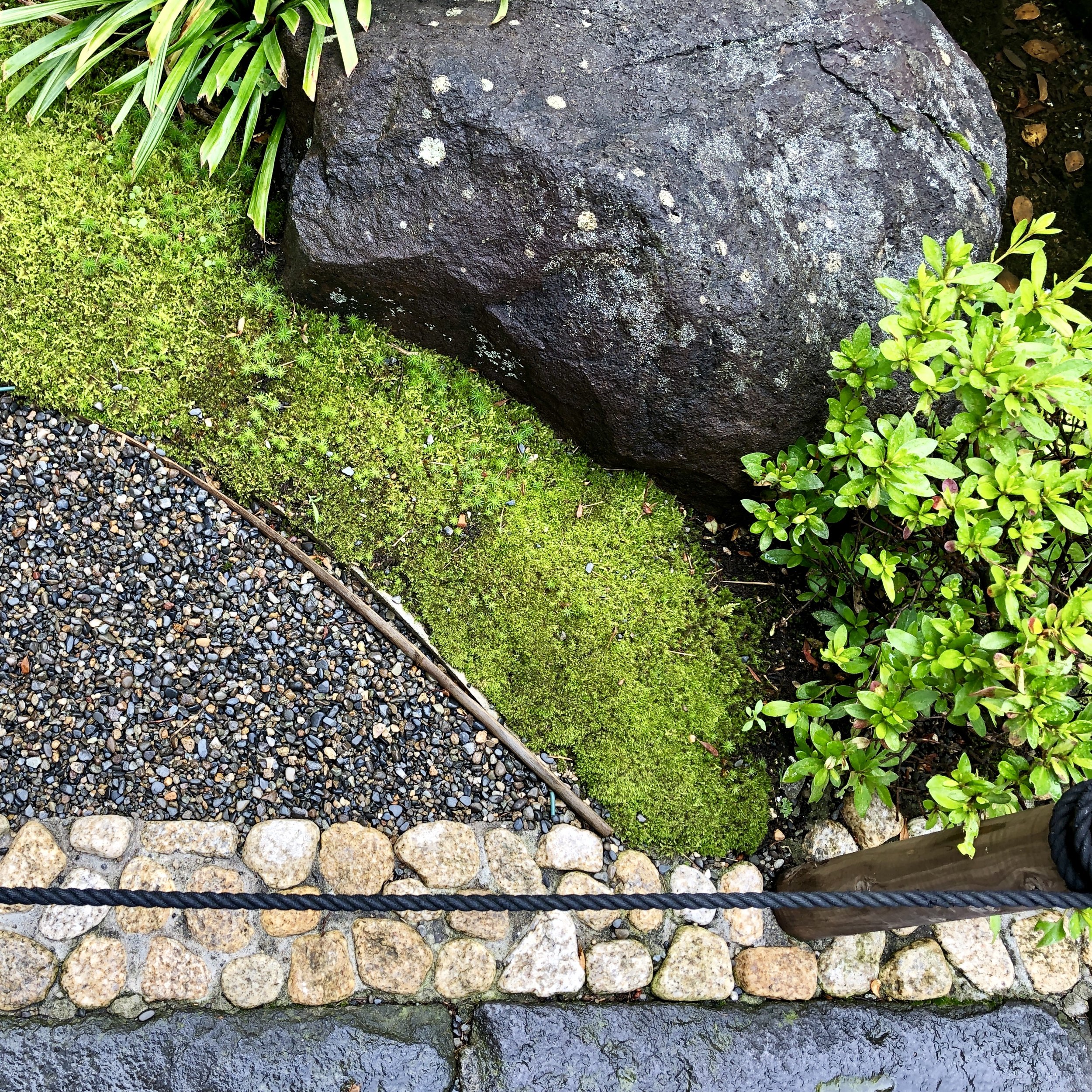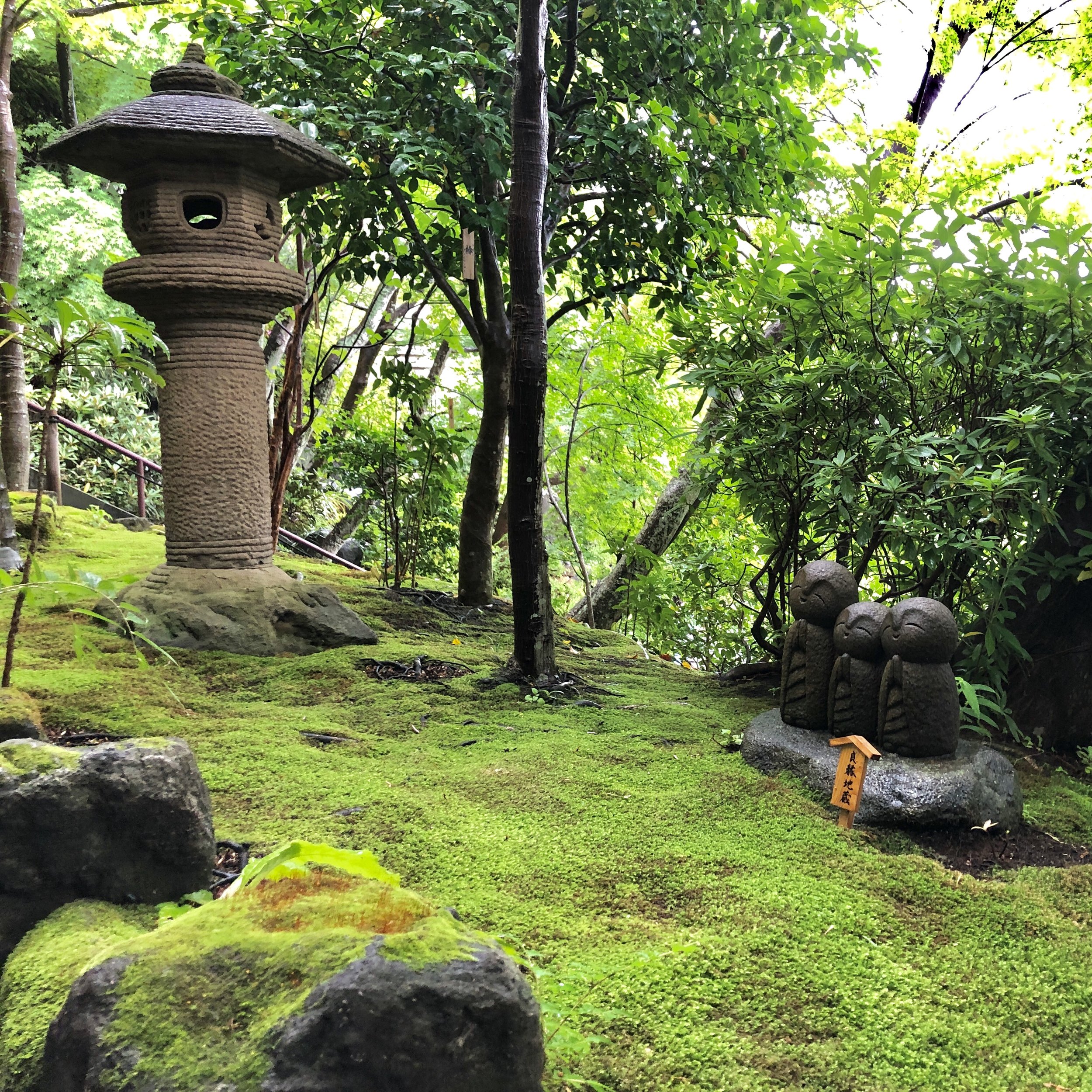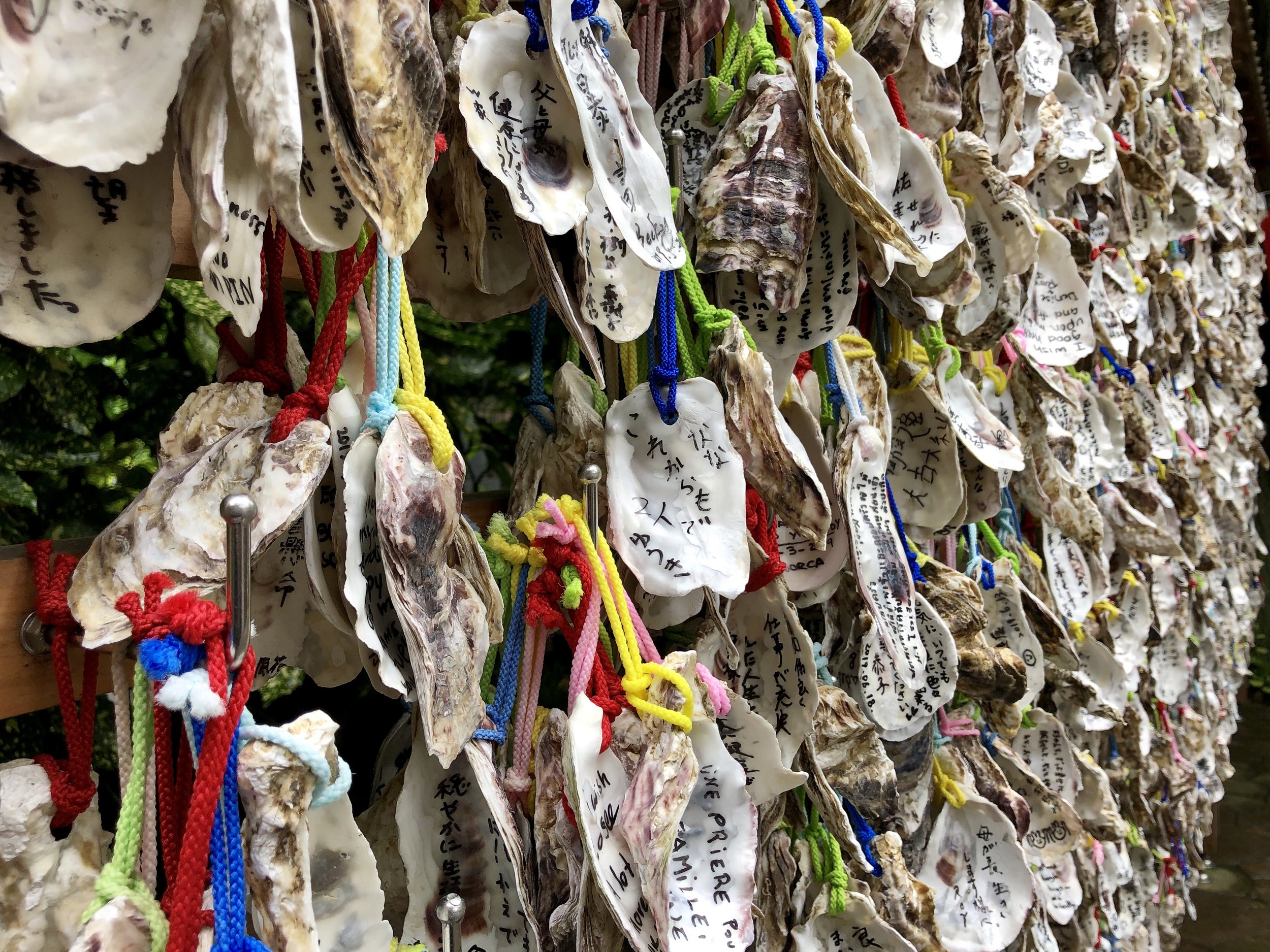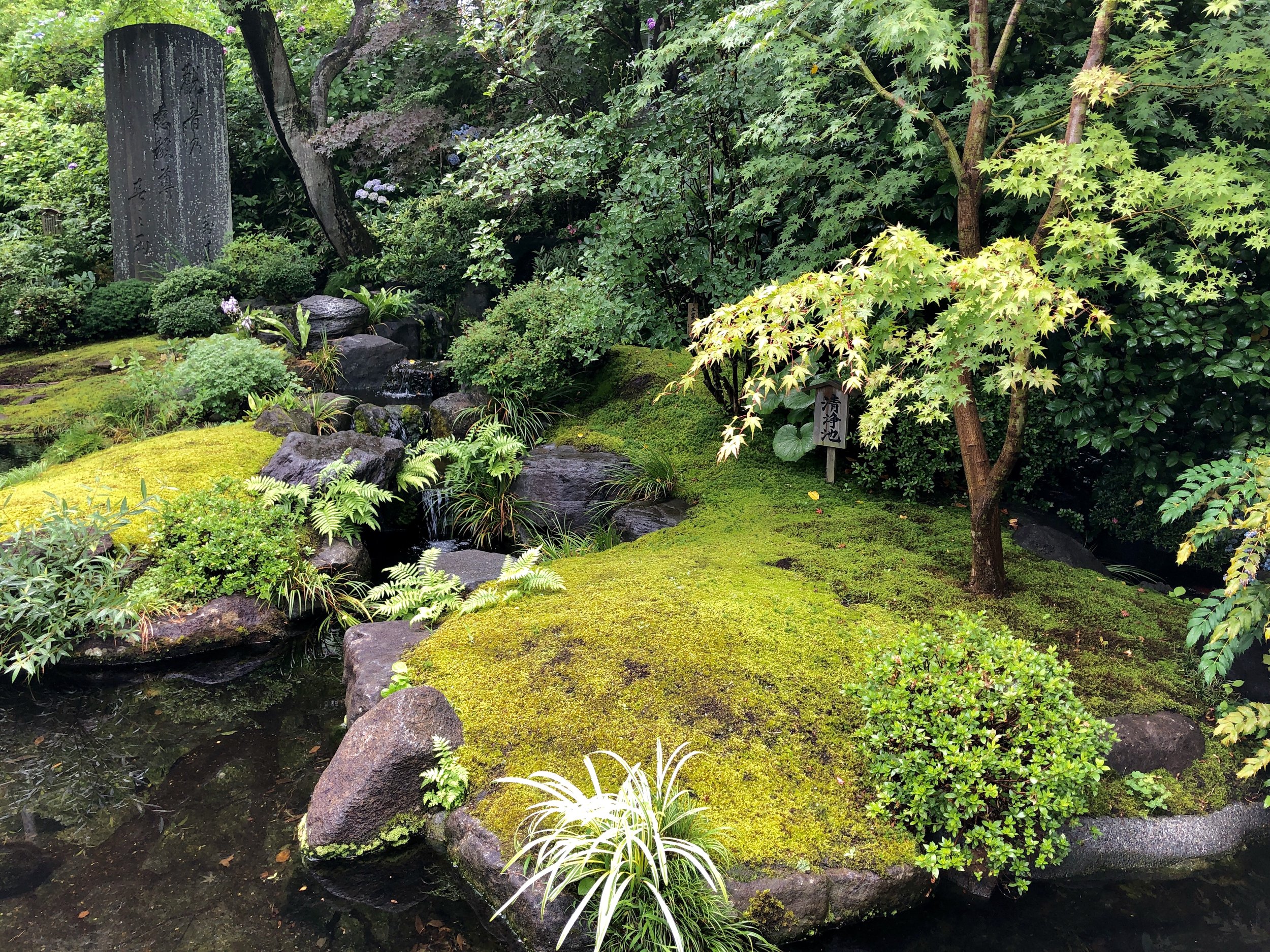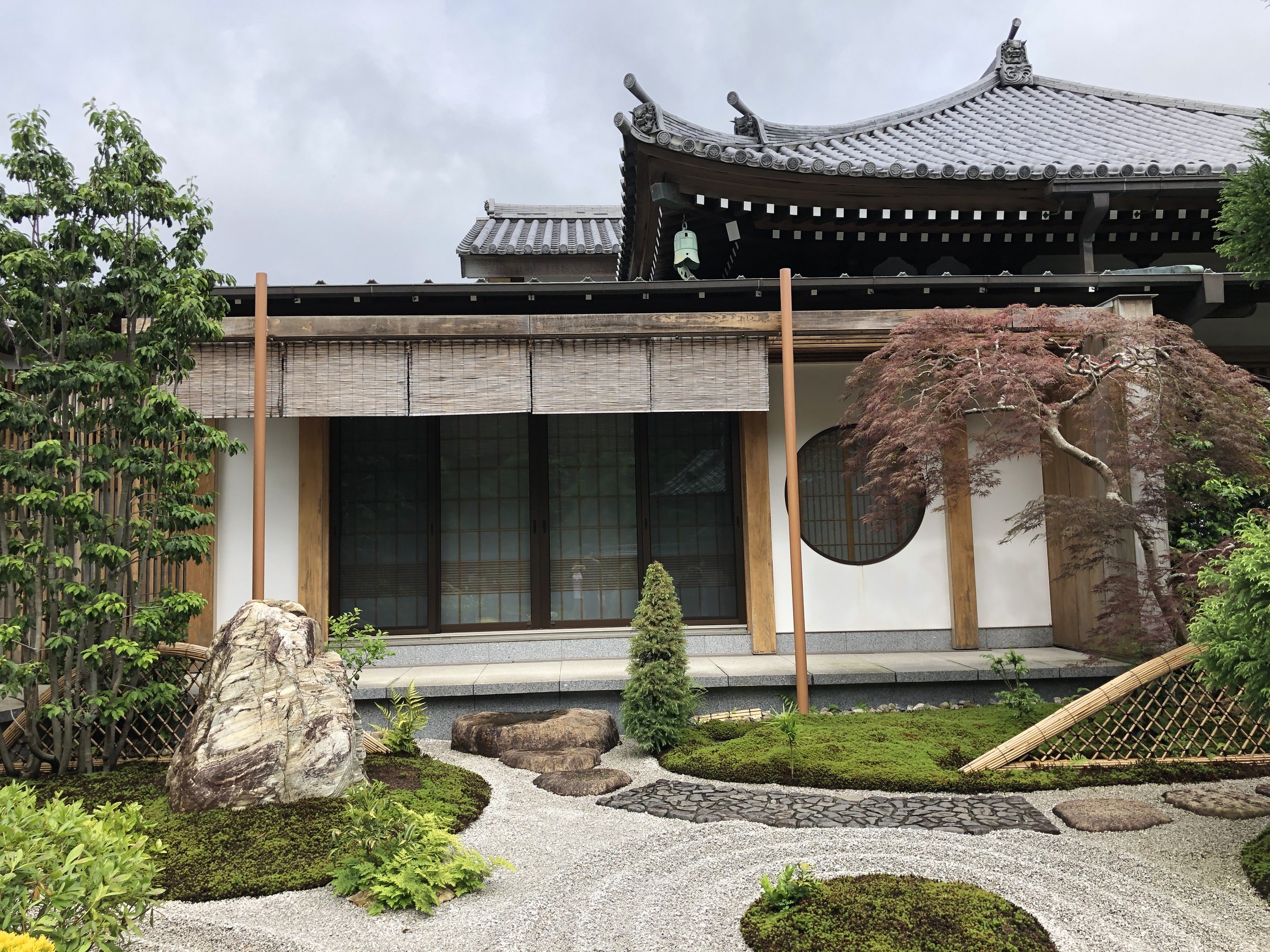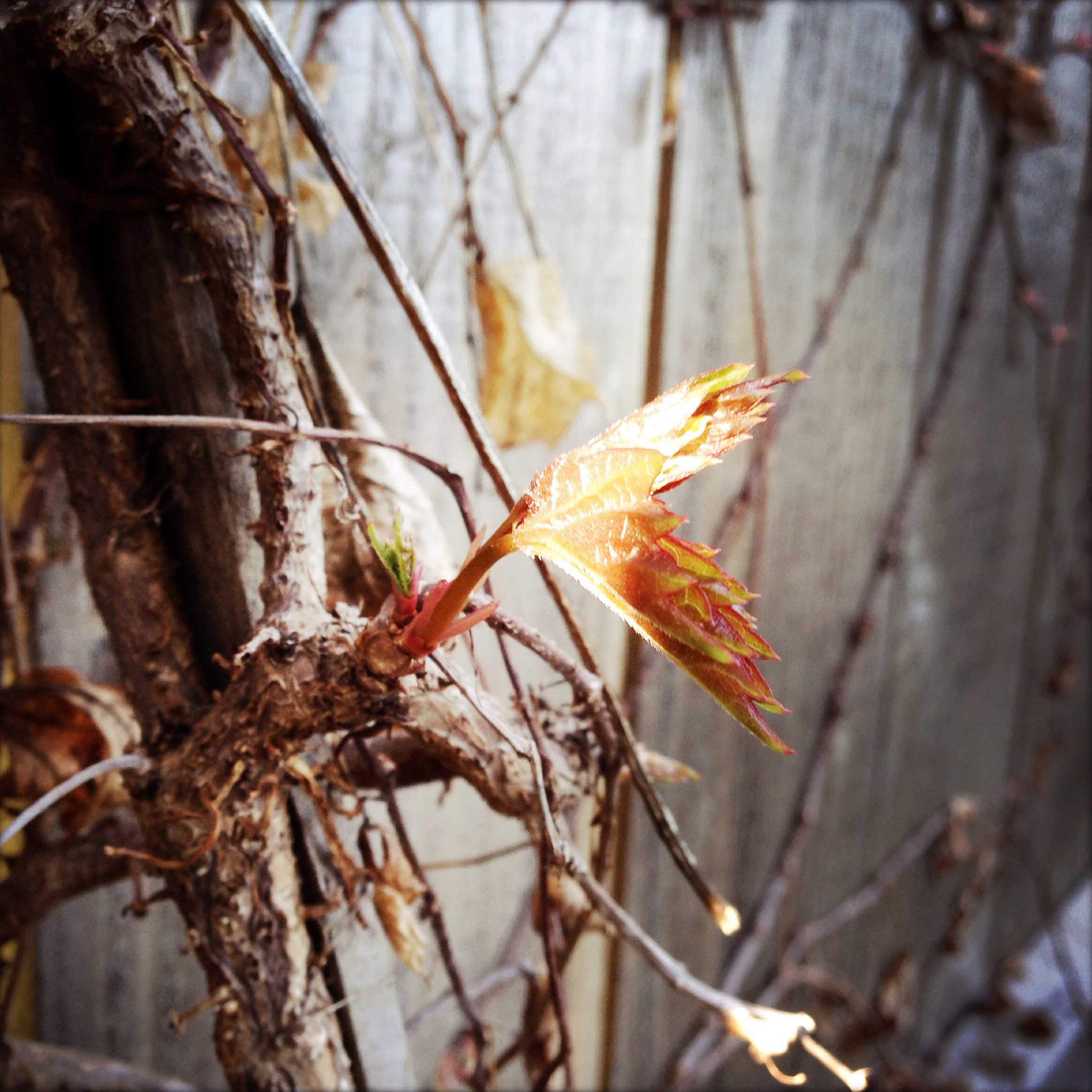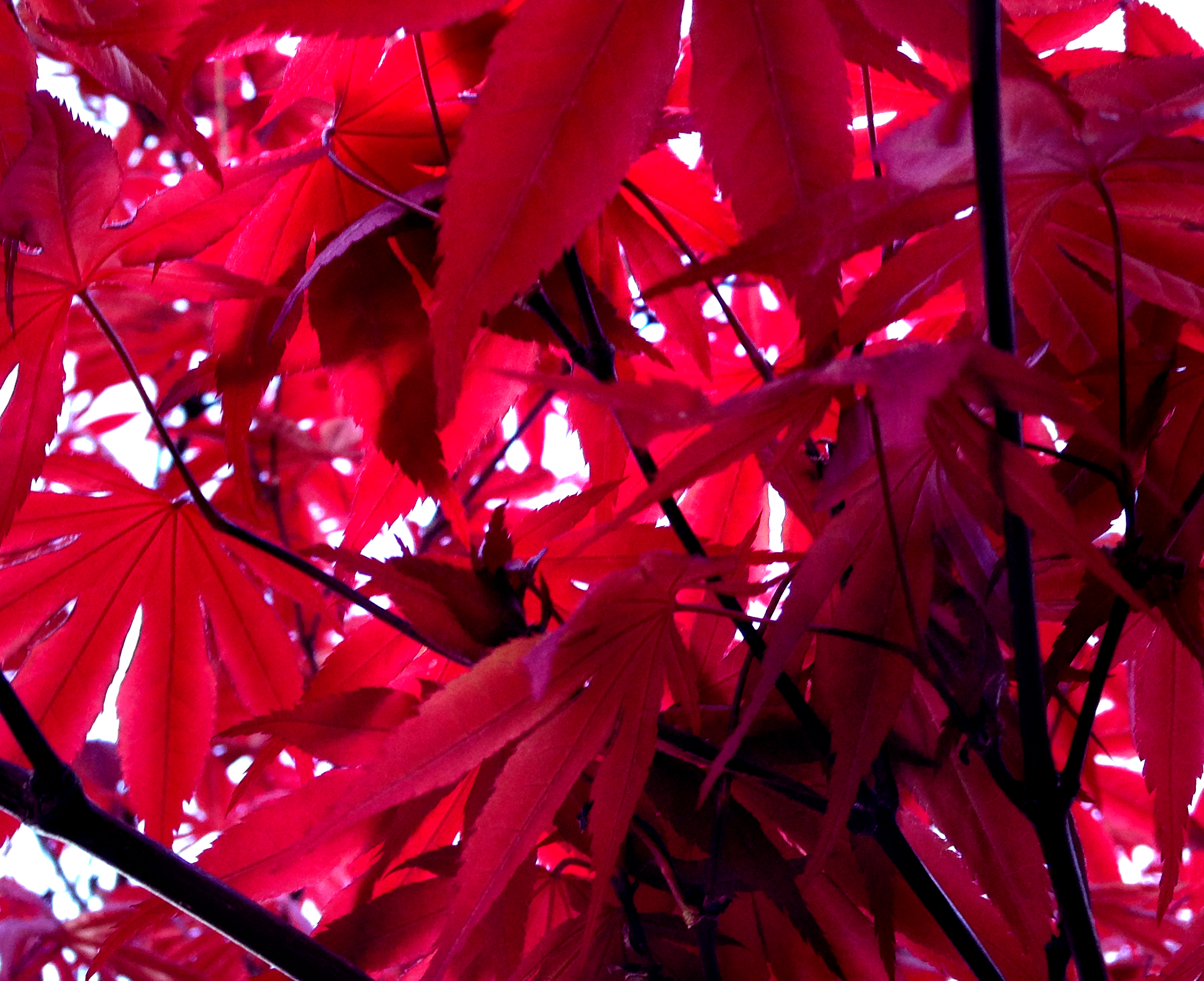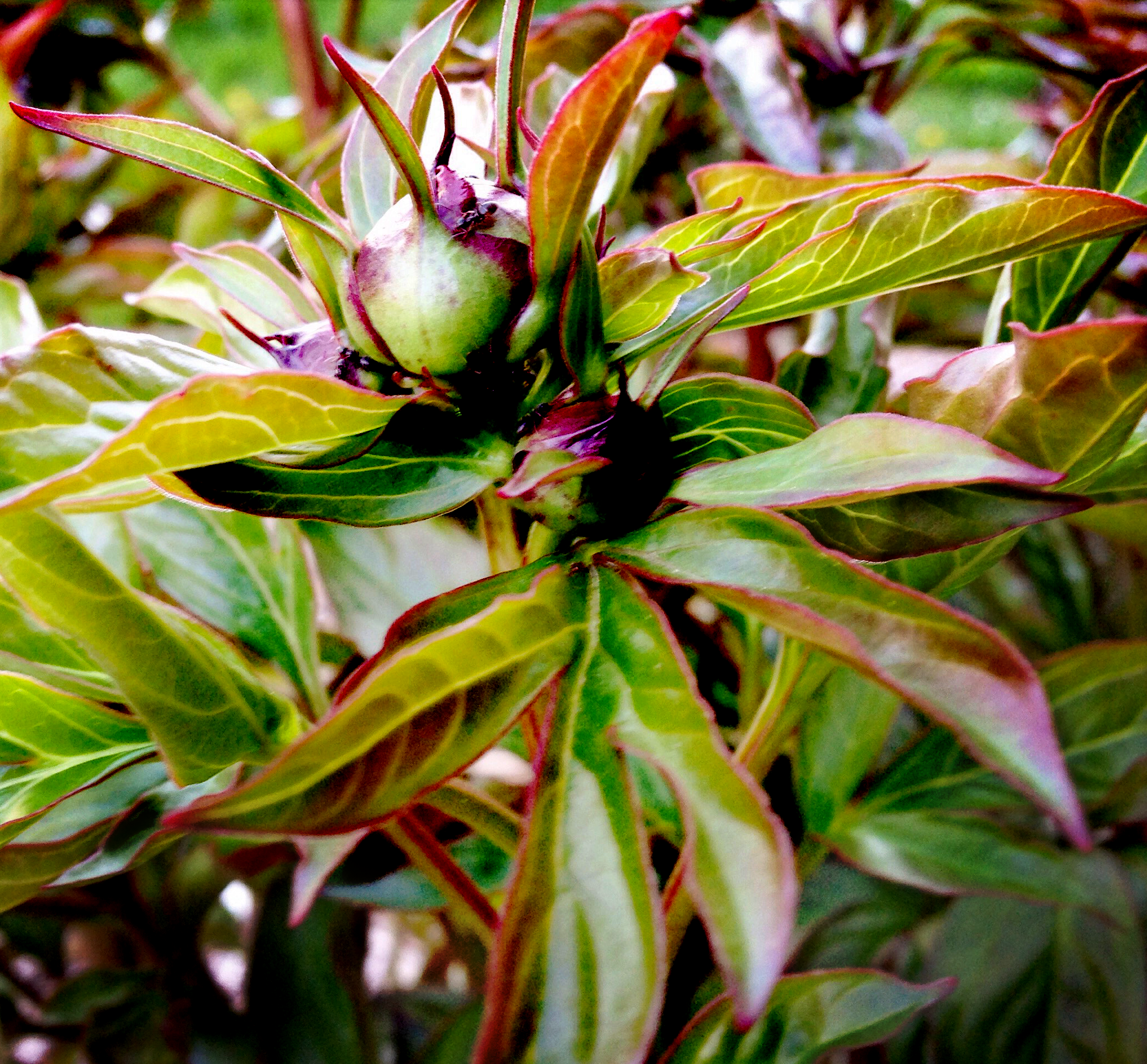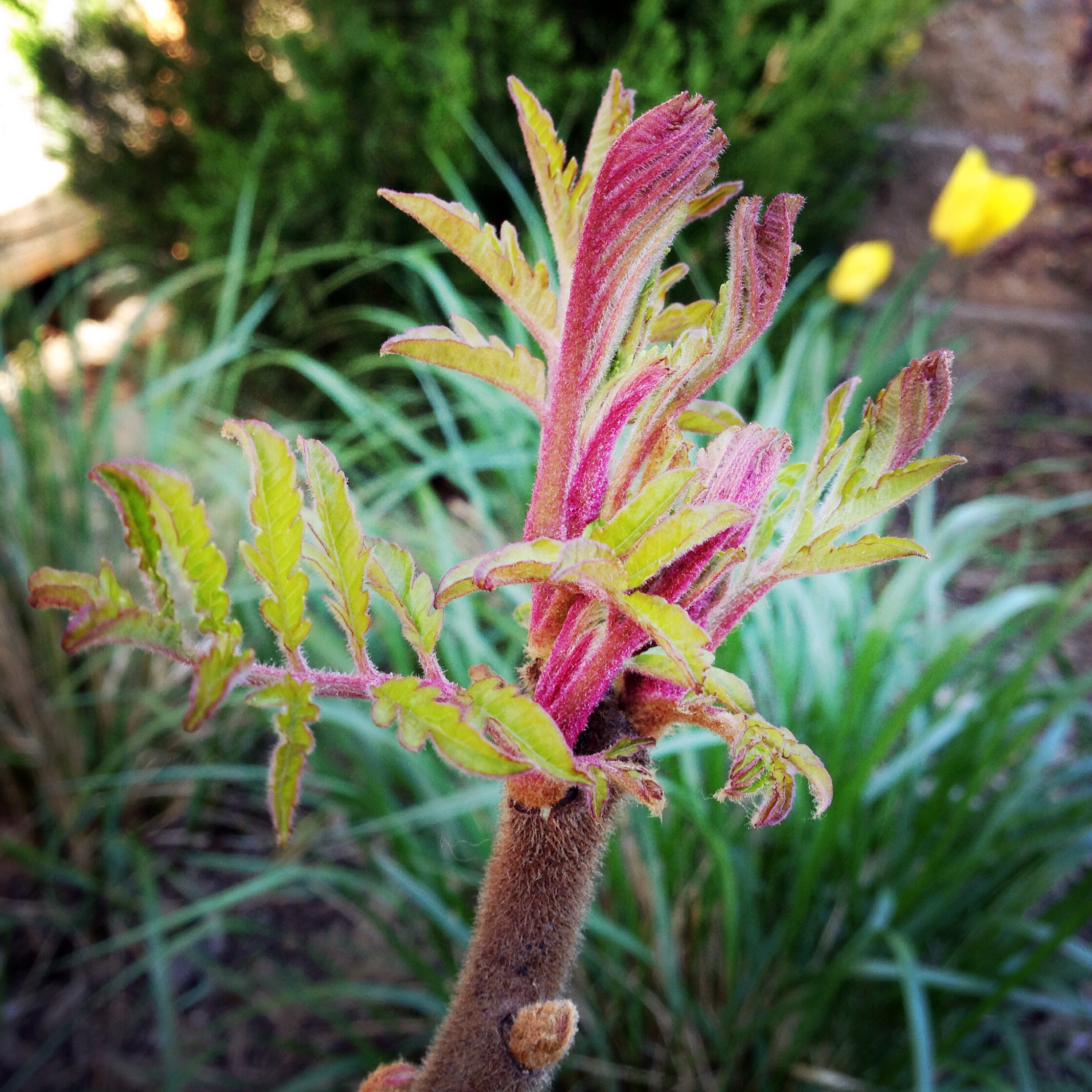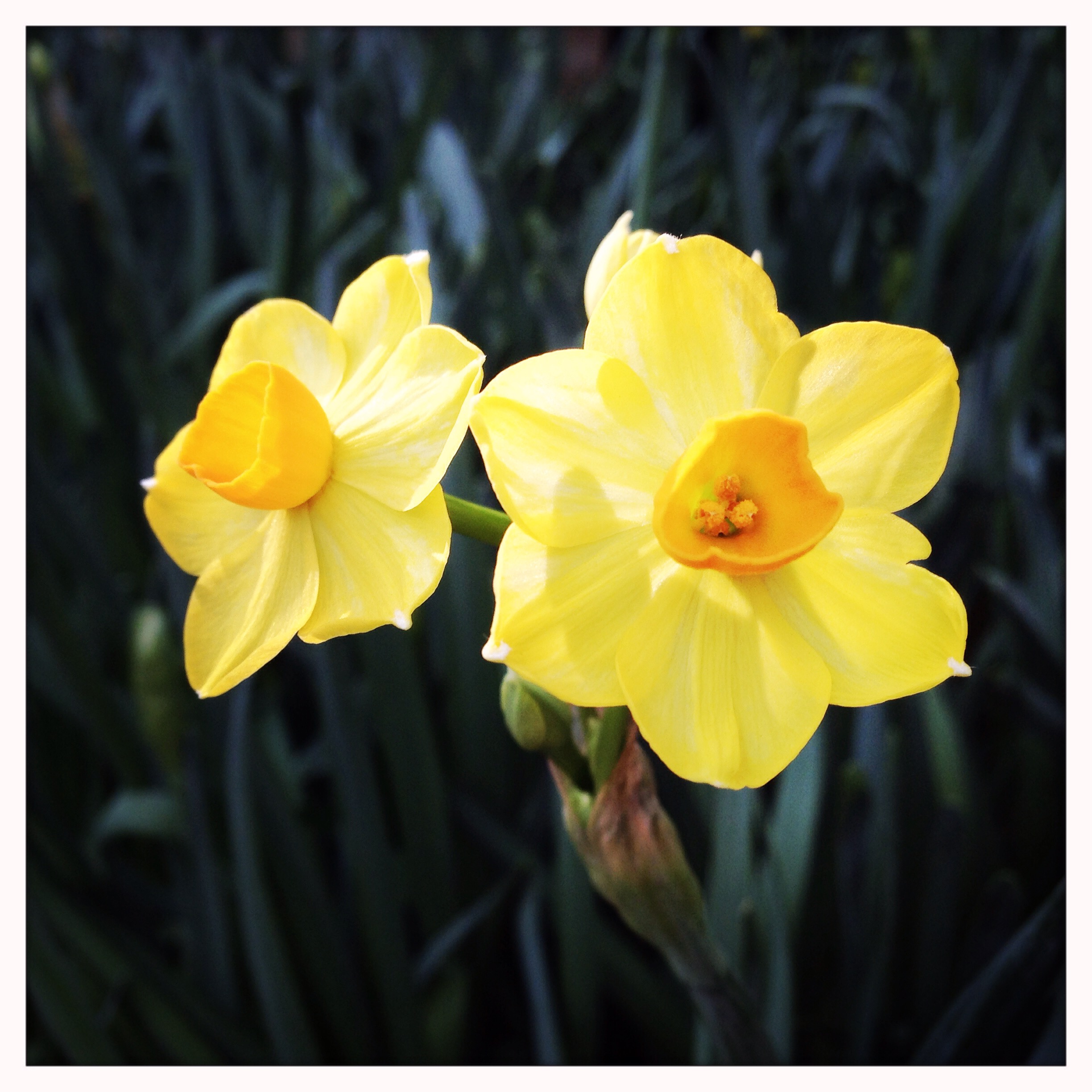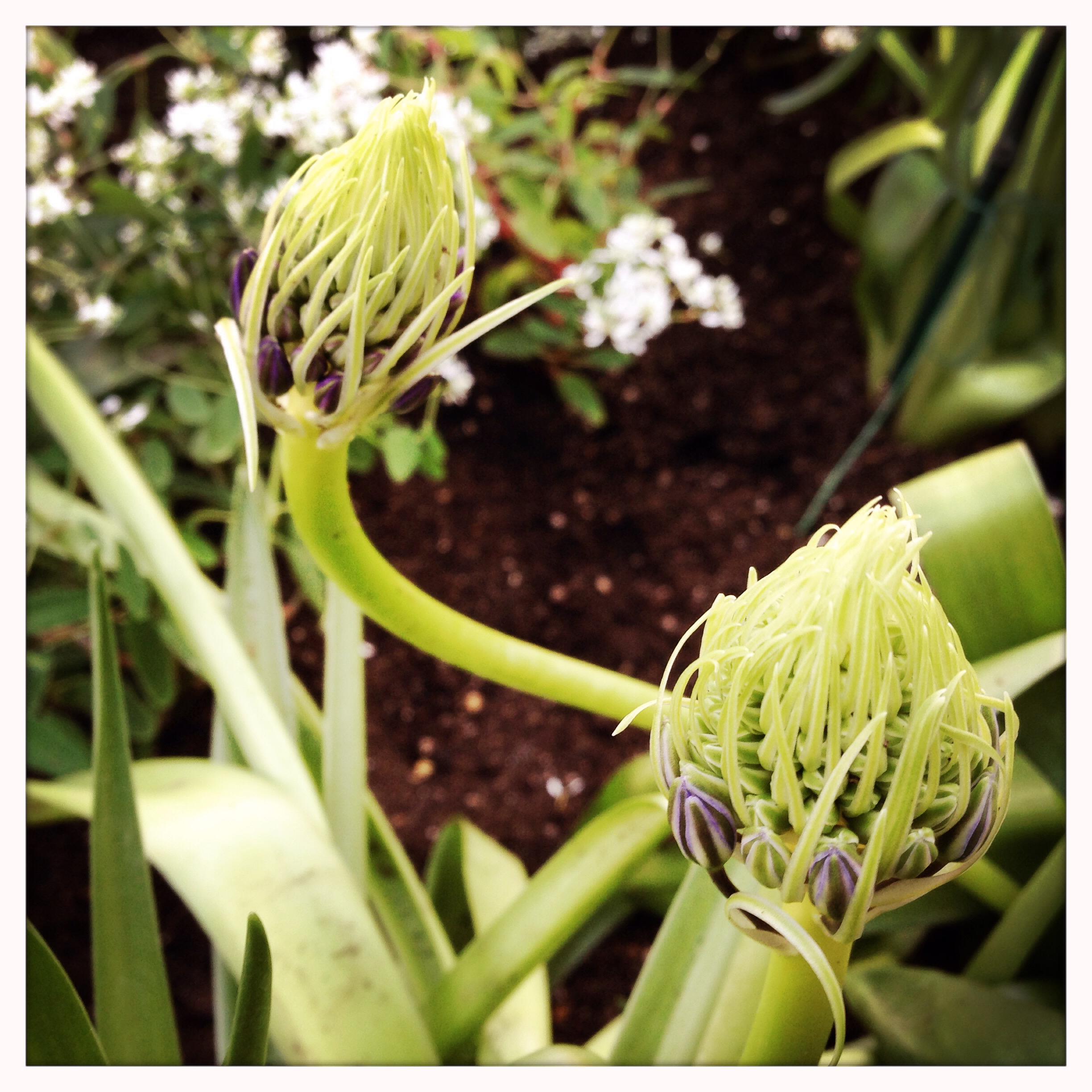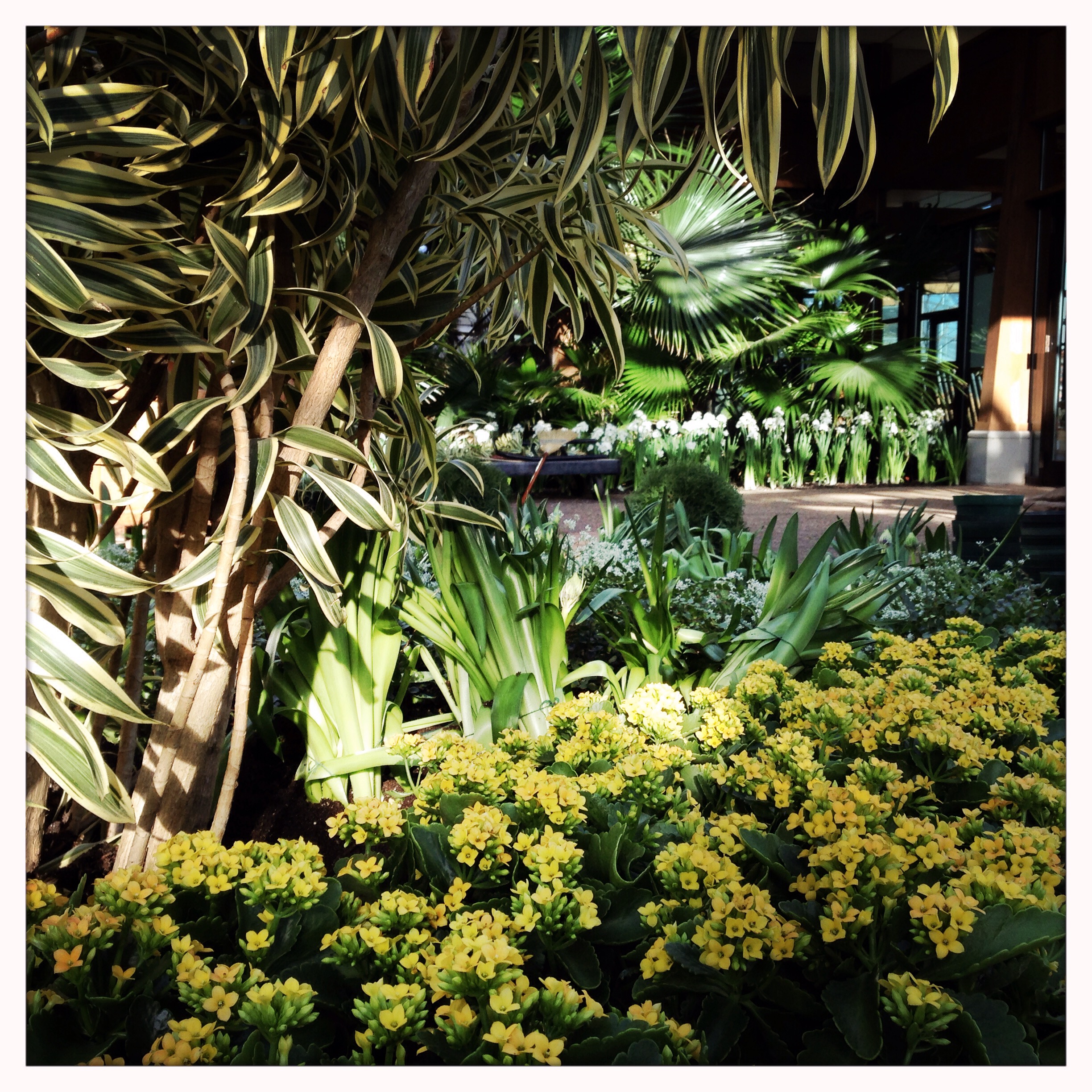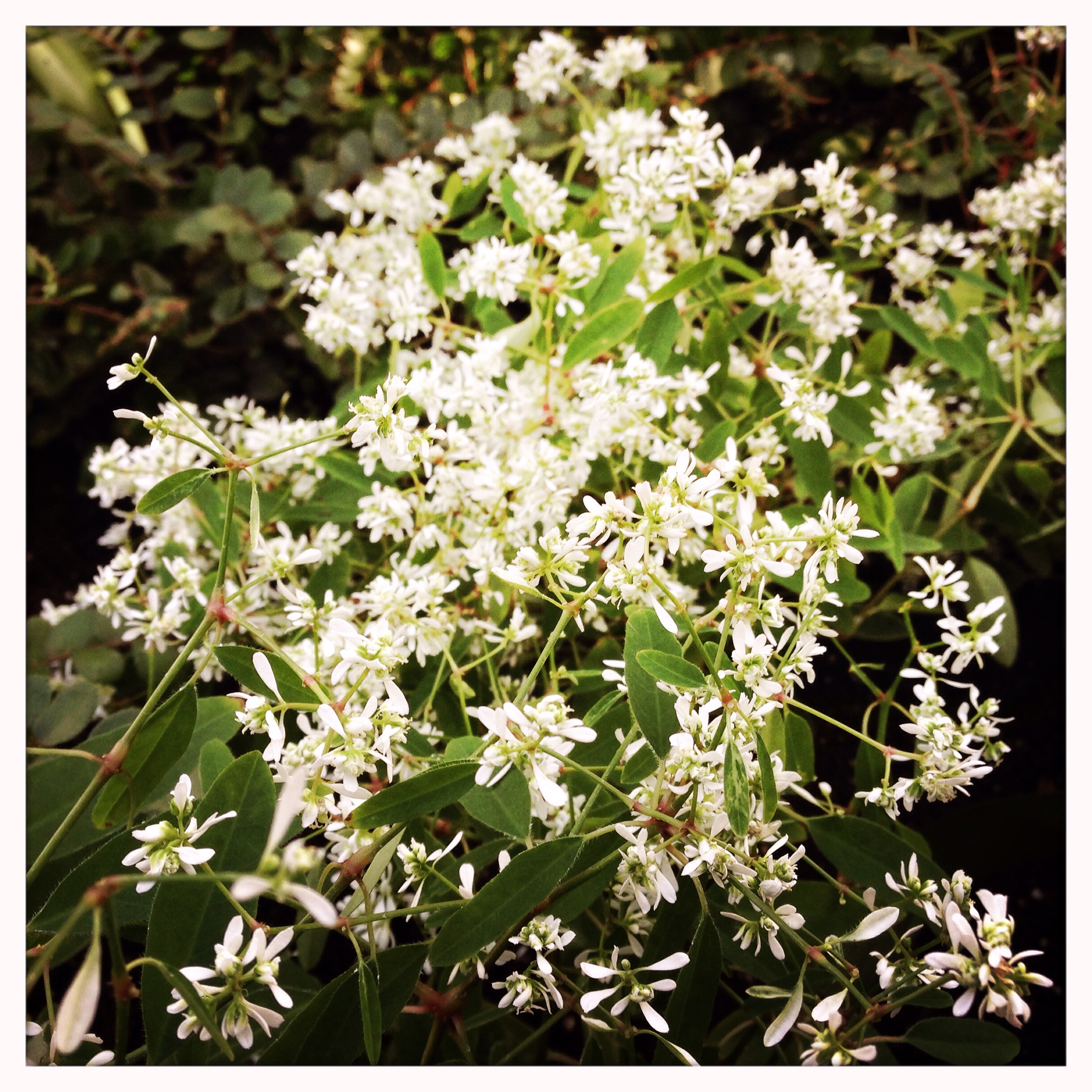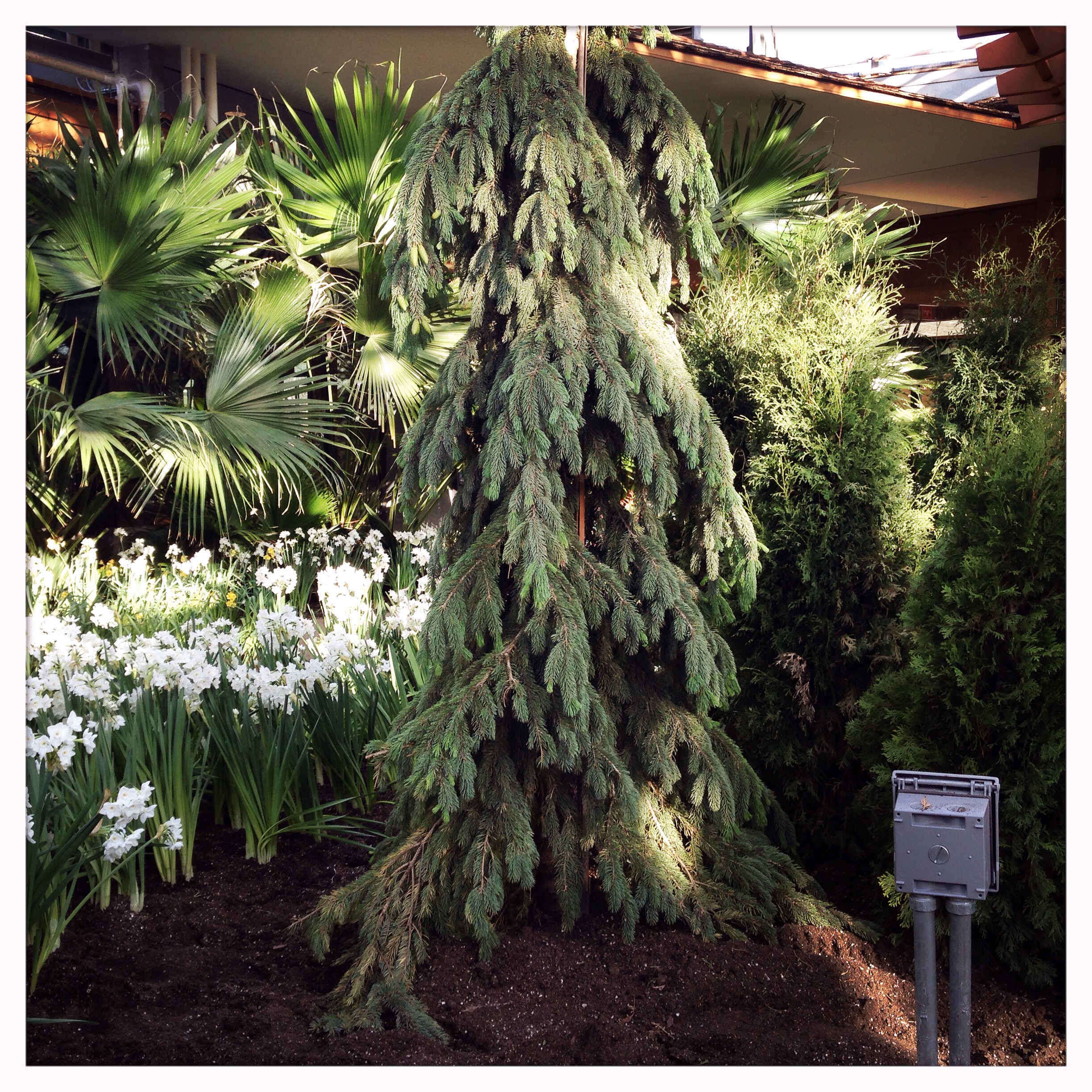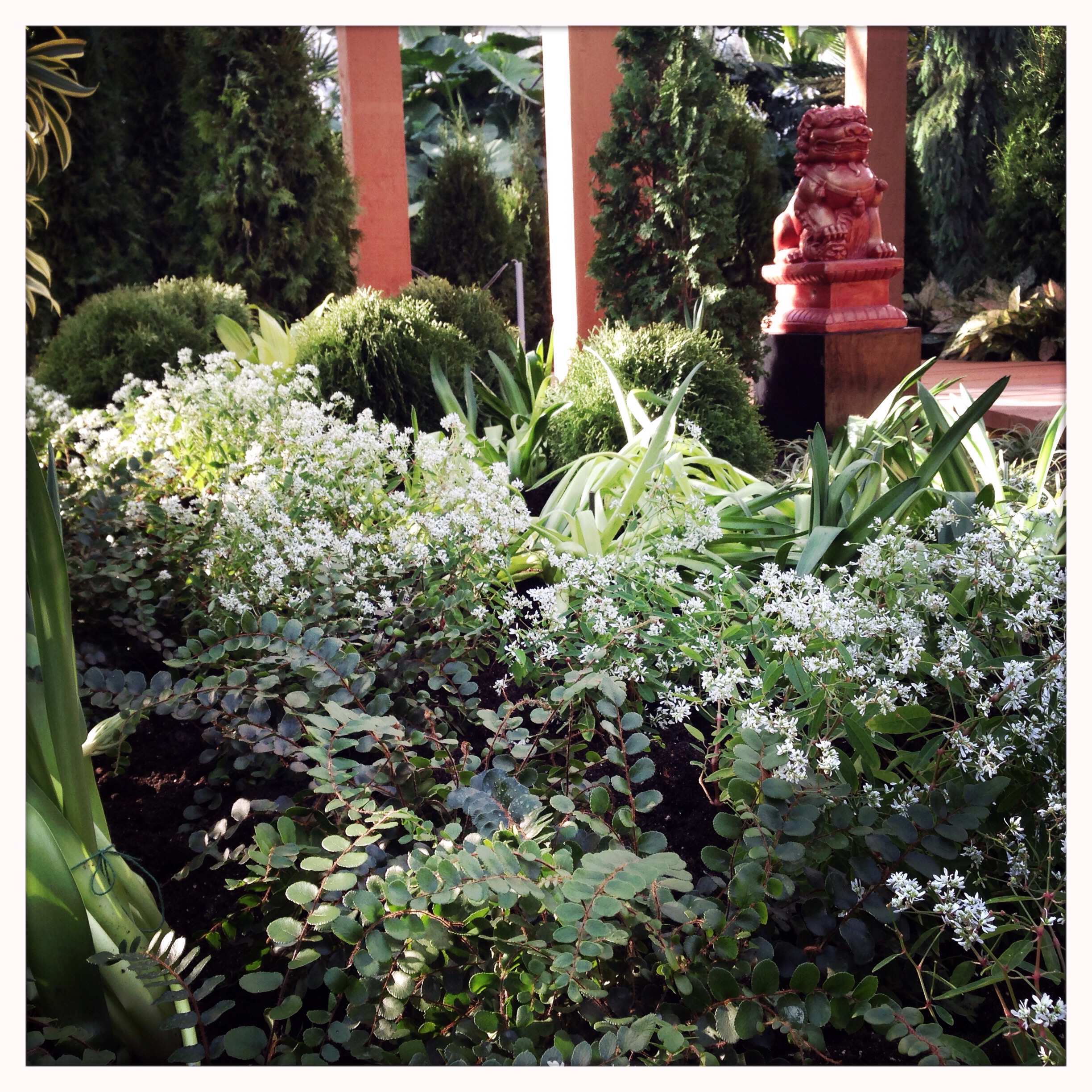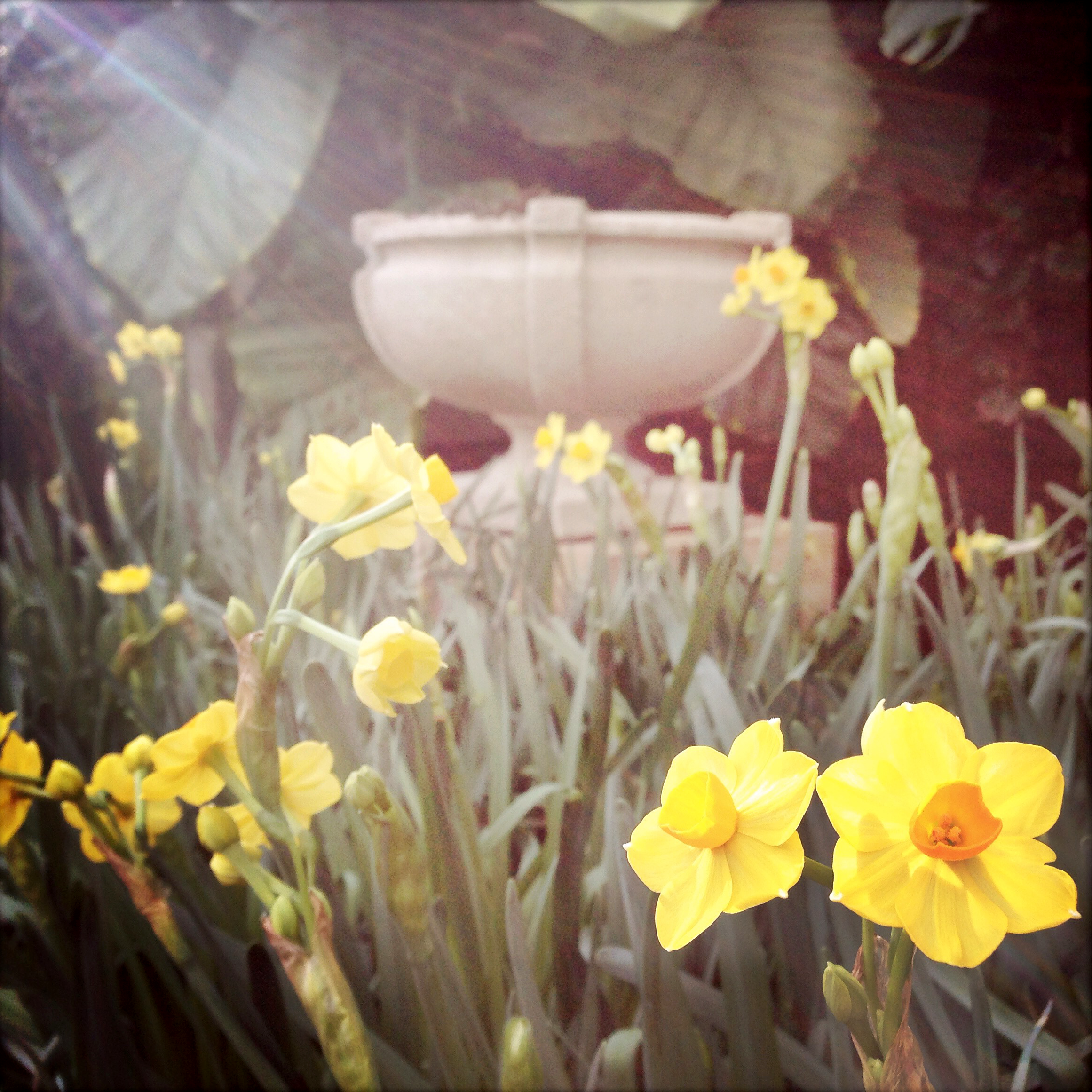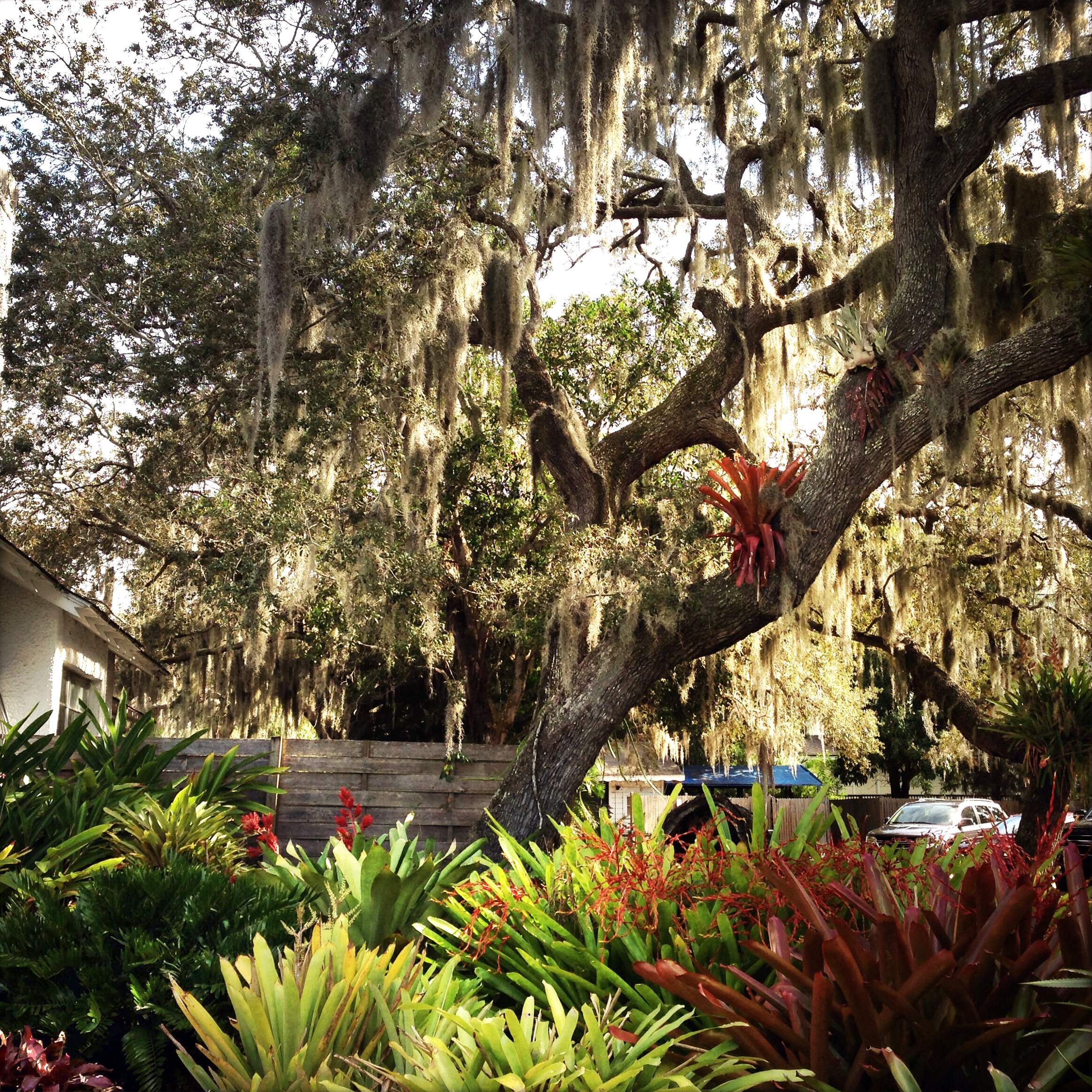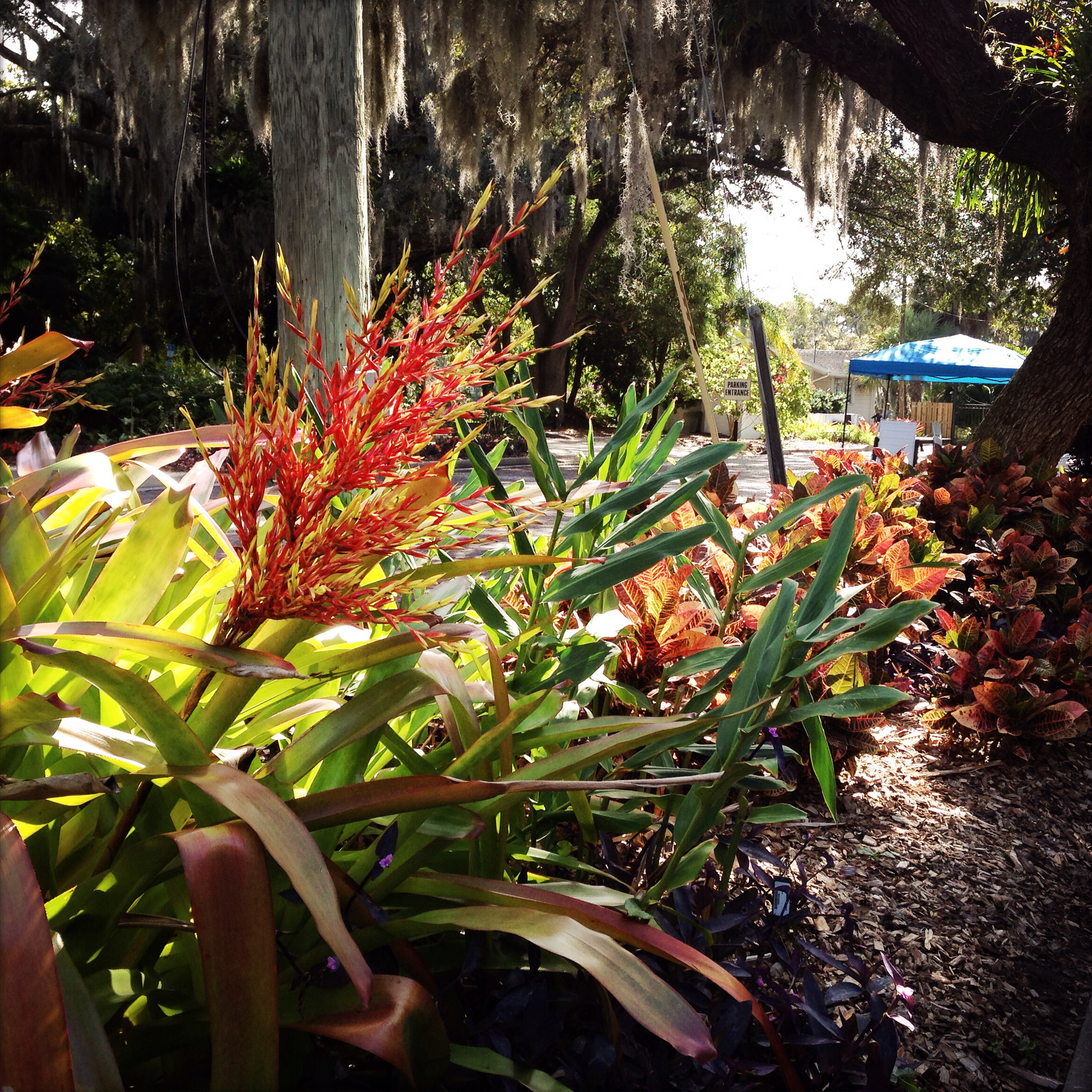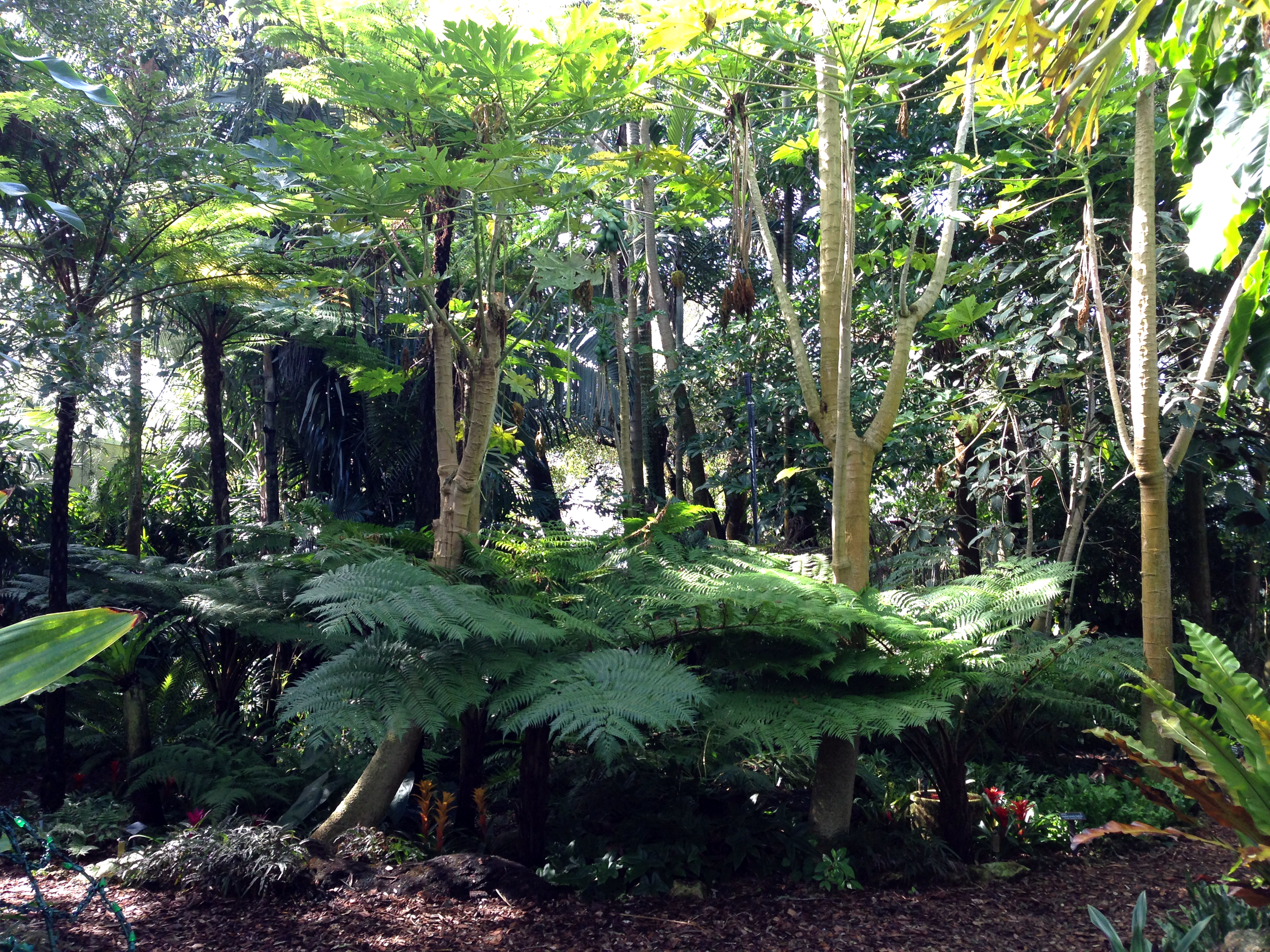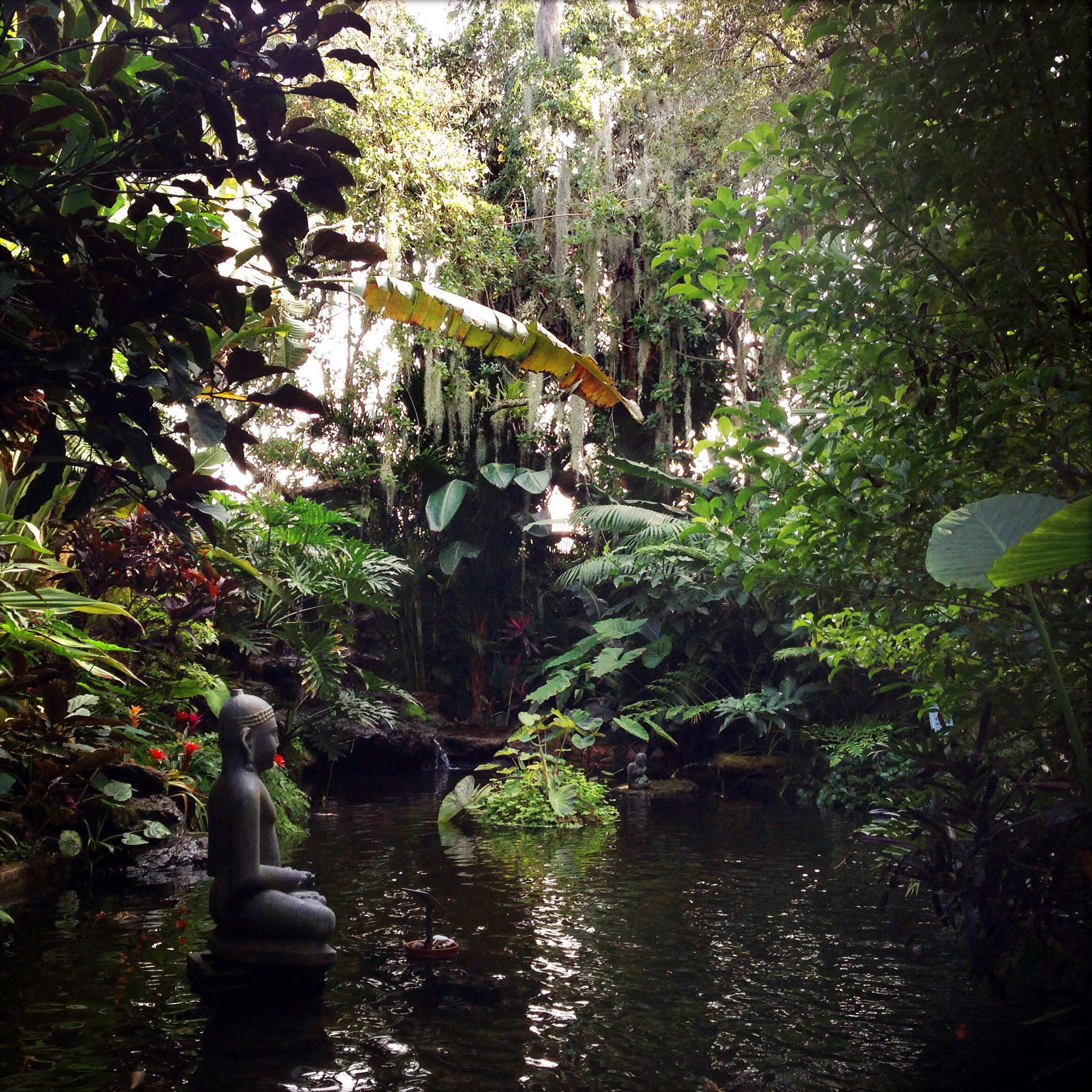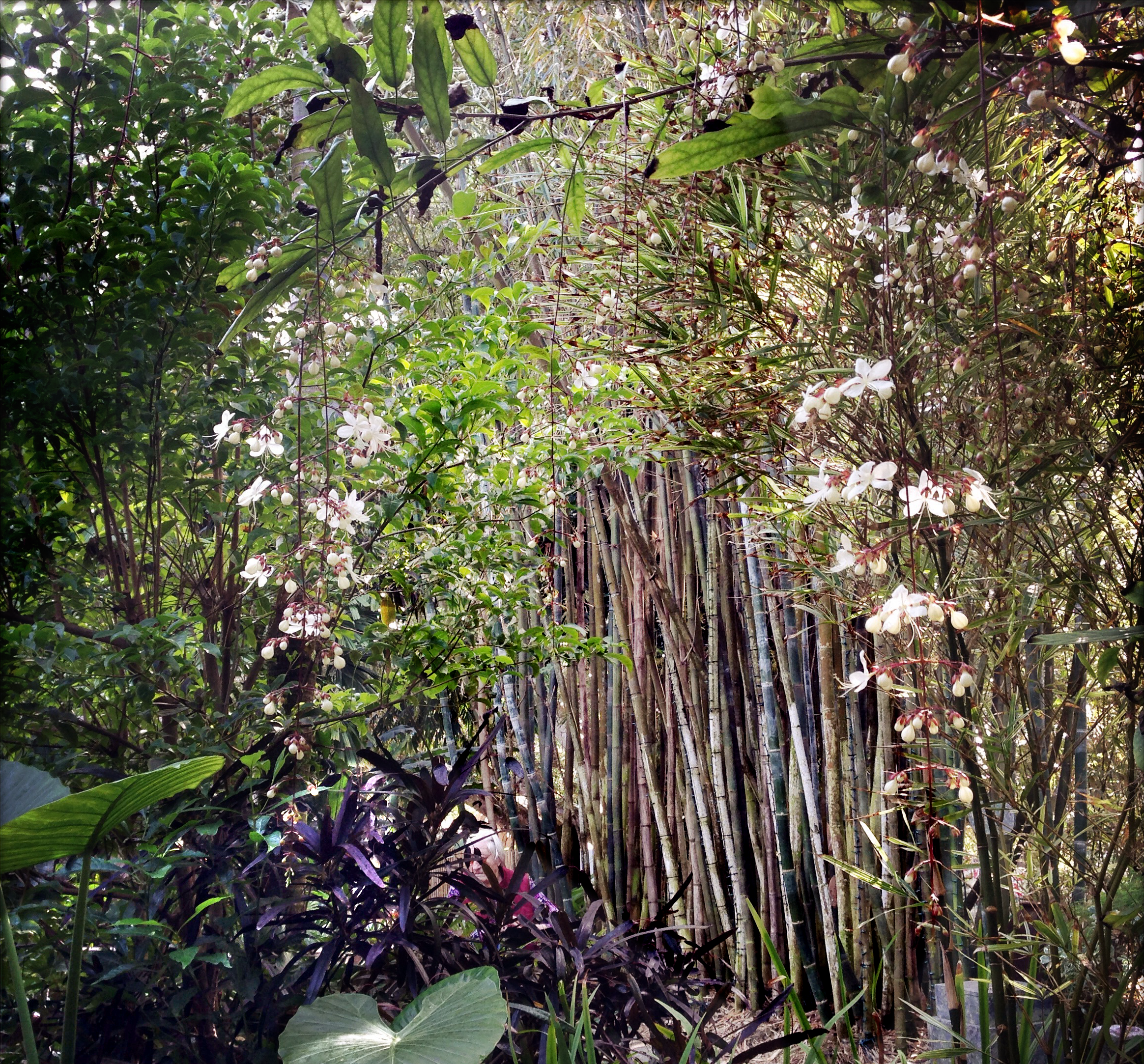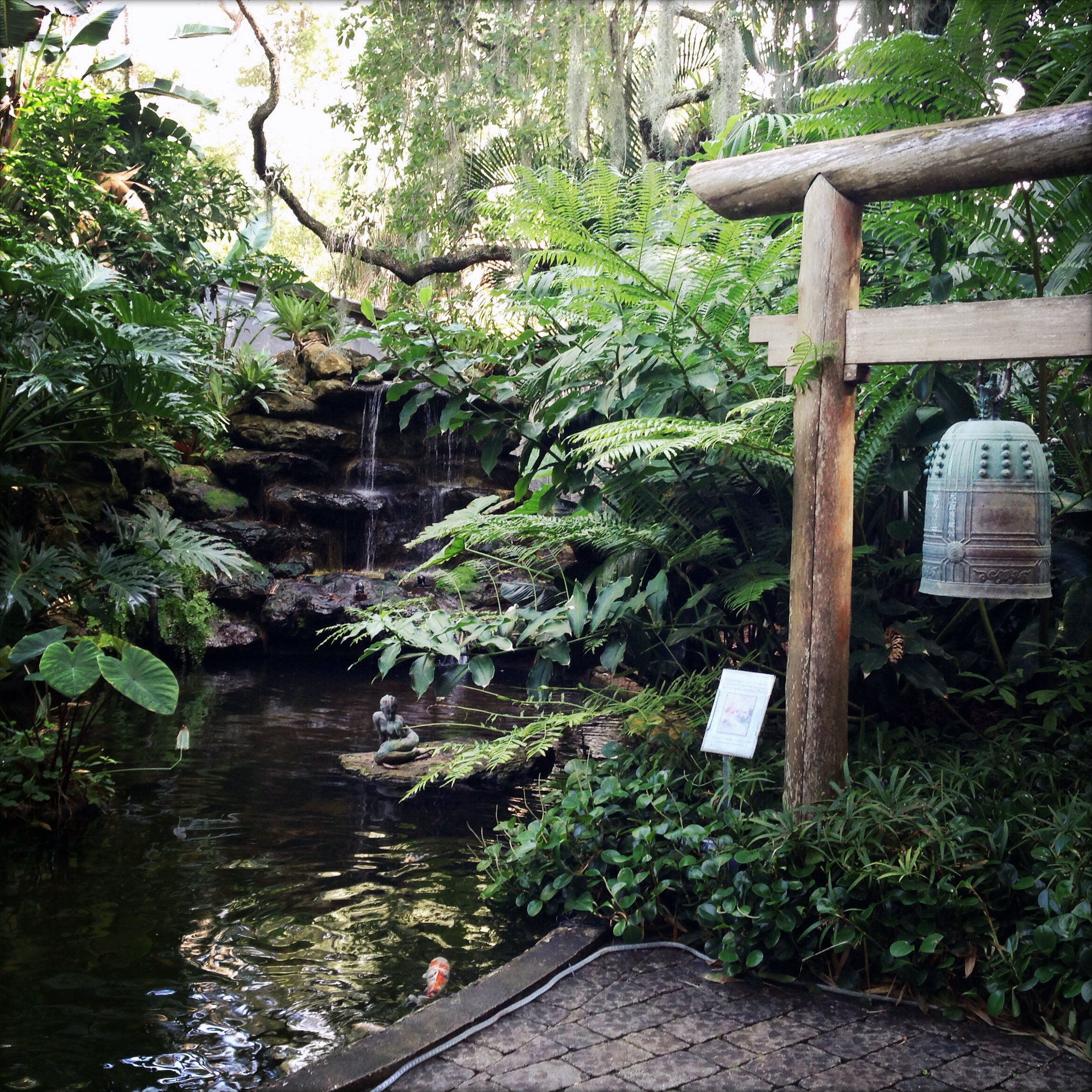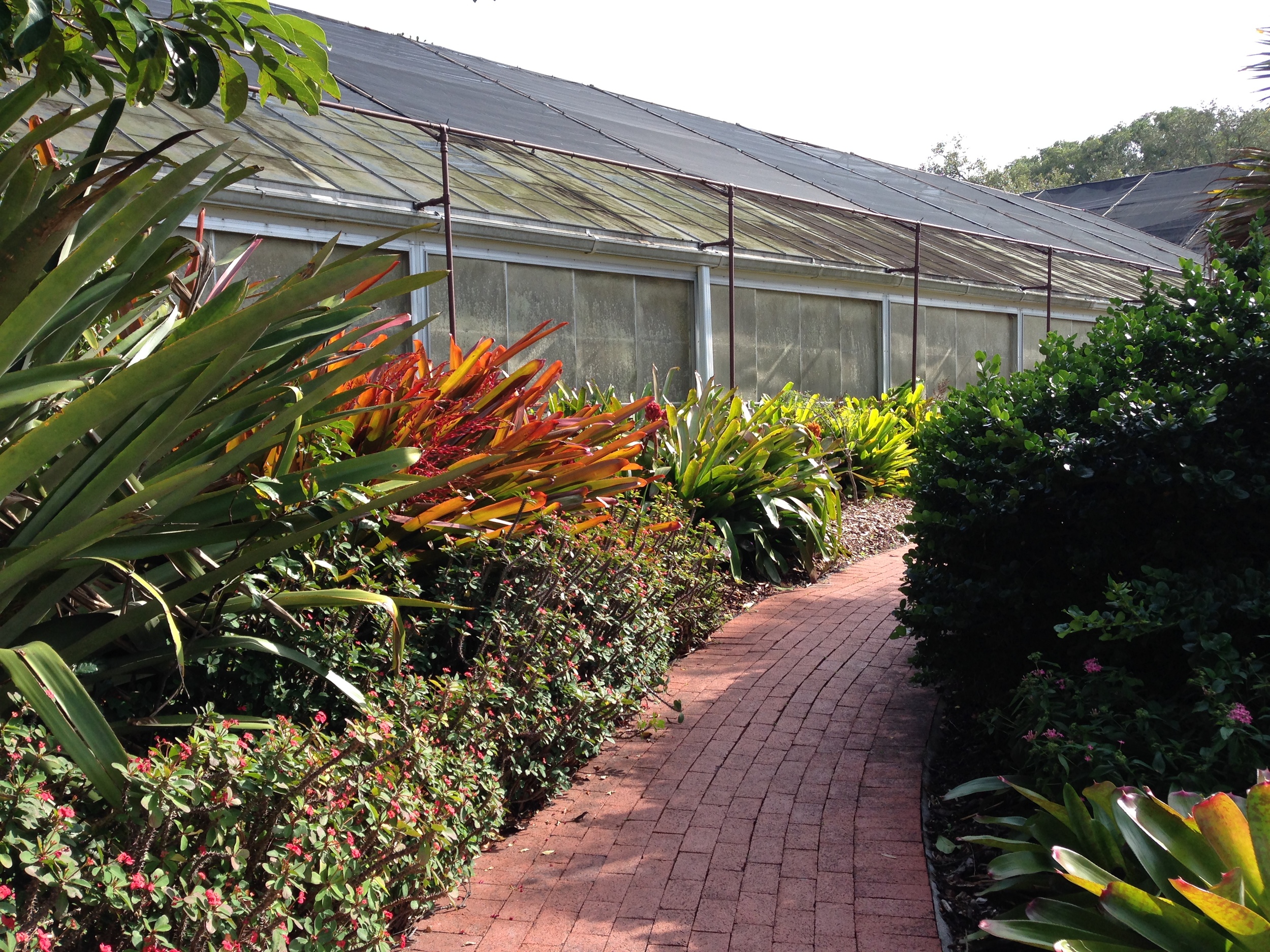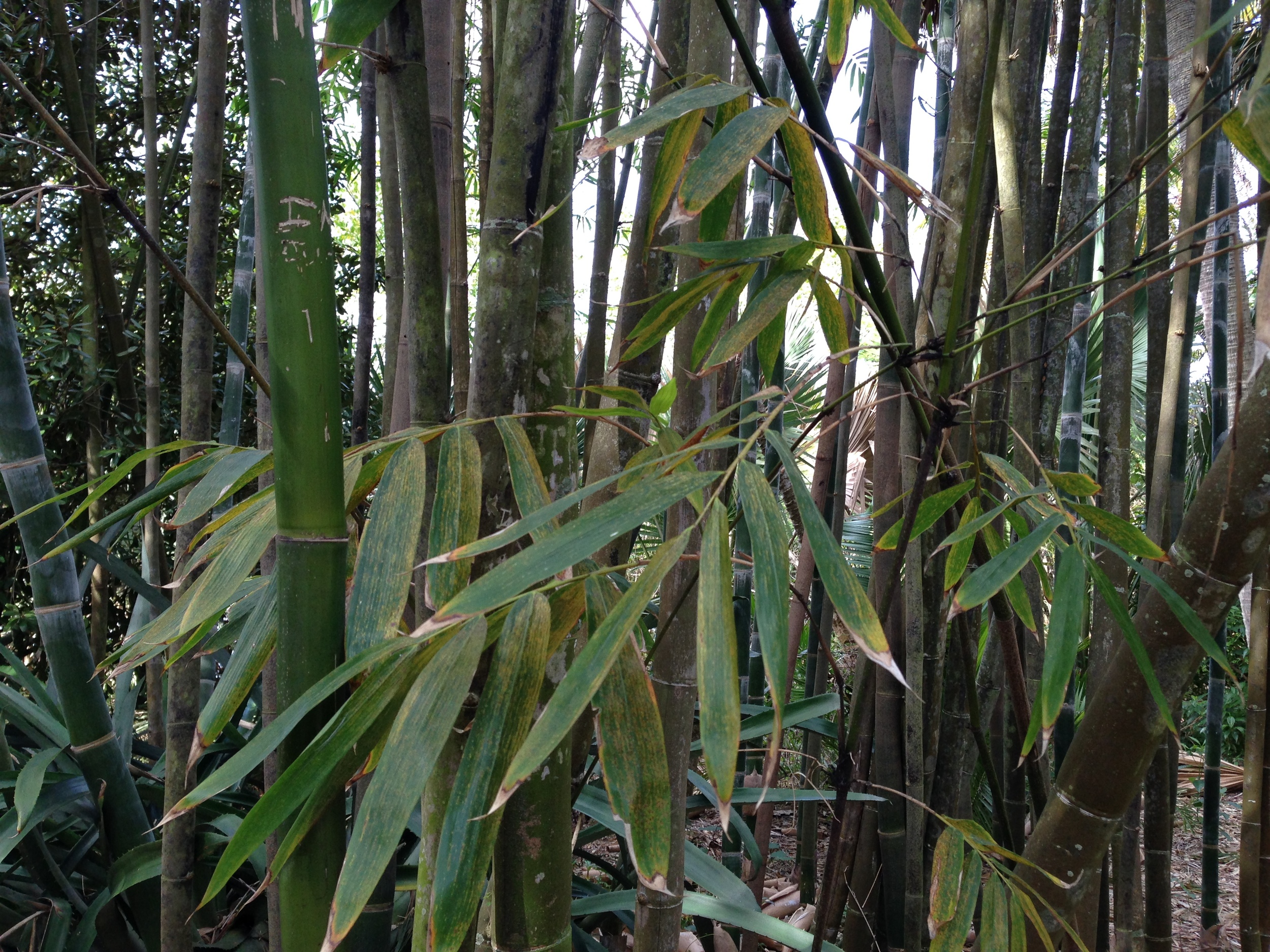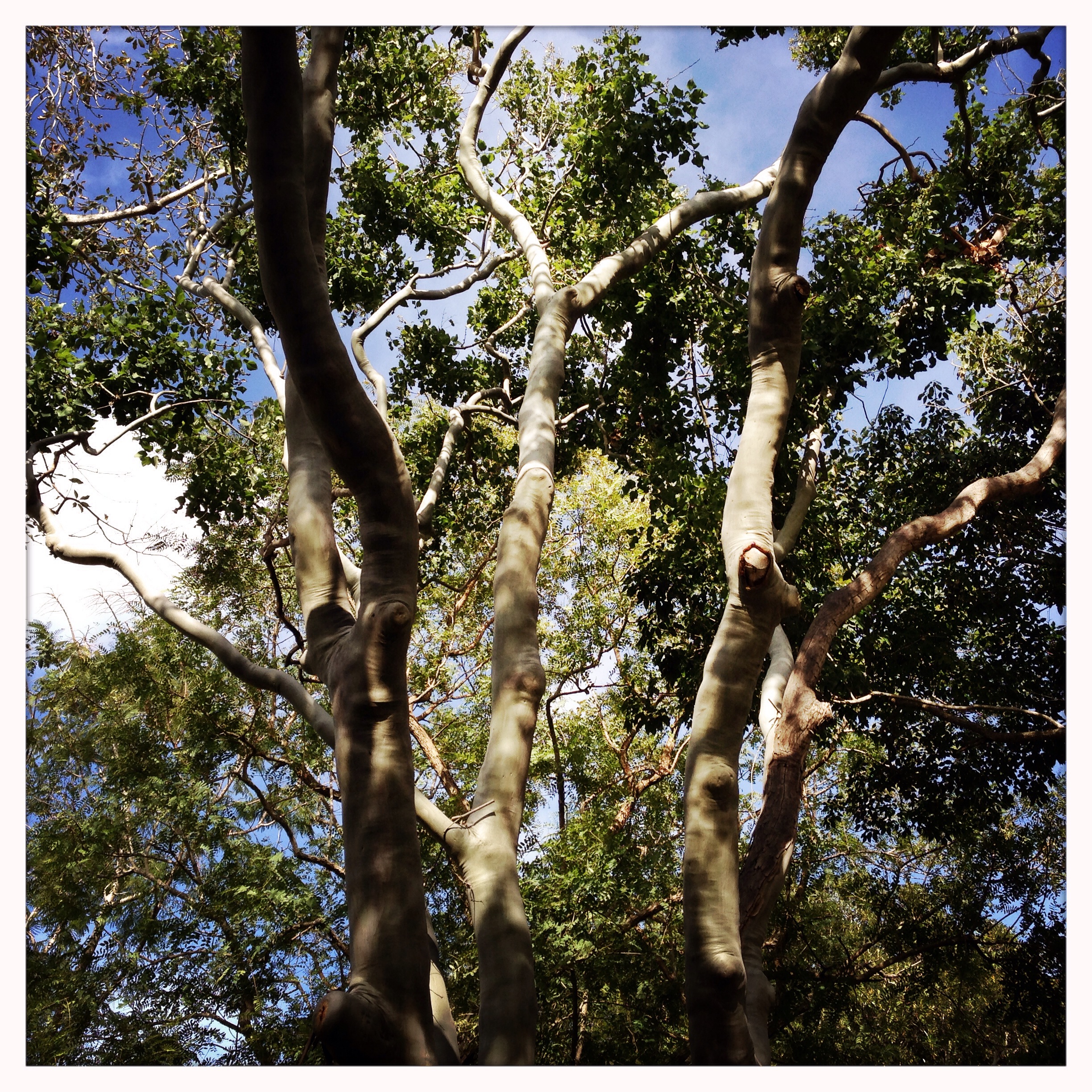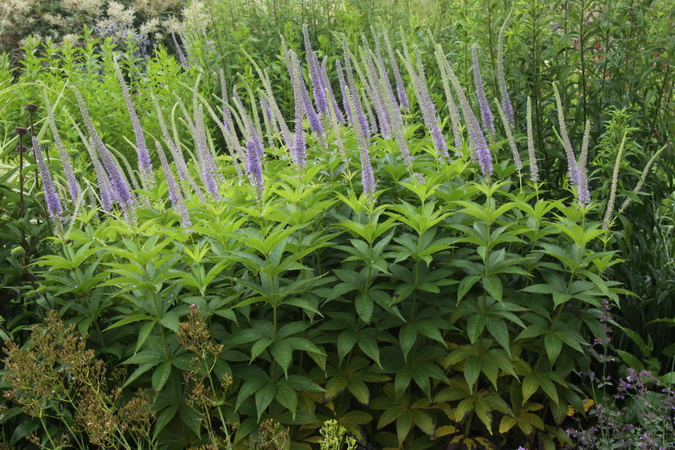Tucked away in a corner of the northern California coast lies the small town of Mendocino, and within it the jewel that is its botanical gardens. Excellent in every way—its demonstration of composition, layout, connection with its ecoregion, and breadth of its vast plant collection—this garden showcases the endless possibilities gardening in the northern California coast.
I visited this garden on August 27, 2019 almost by accident needing to fill time while visiting friends in the area. As you enter the garden the little nursery store building becomes dwarfed by the height of the coastal Monterey cypress and you are greeted by an inviting lawn and perennial garden. Its composition is exquisite—the burgundy colors of the Cotinus coggygria are repeated in the carefully manicured Acaena inermis ‘Purpurea’ (New Zealand Burr) groundcover in the foreground.
Later I learned this perennial garden was designed by the famous landscape architect Gary Ratway, owner of Digging Dog Nursery, back in 1980.
Immediately past the perennial garden, you’ll find yourself immersed in a completely different experience: their succulent collection! I have built gardens in Washington and Iowa (cold hardiness zones 8 and 5, respectively) where these tender, heat-loving plants are not exactly part of the plant palette. It was a delight to see how they can be used in a garden composition in person.

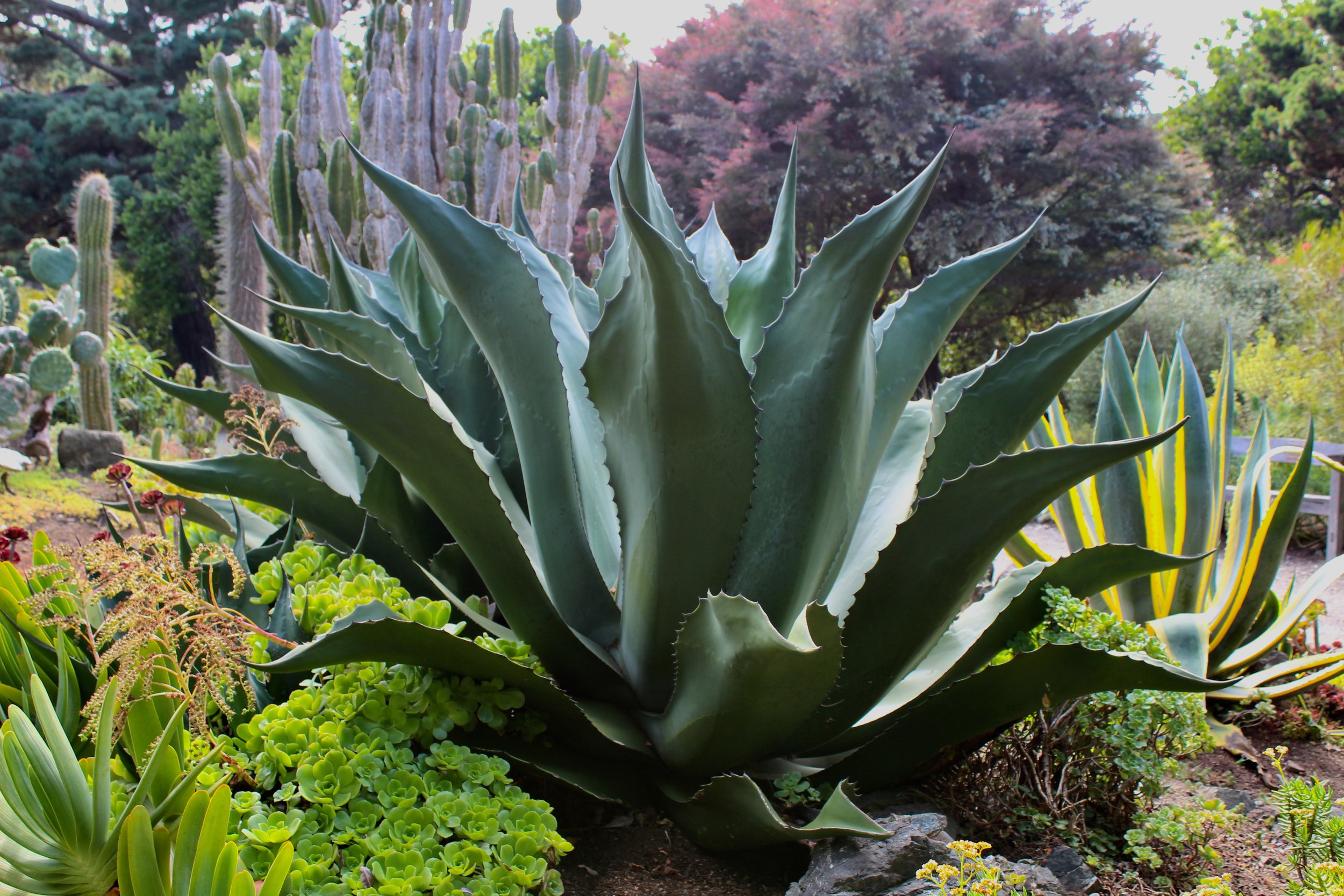
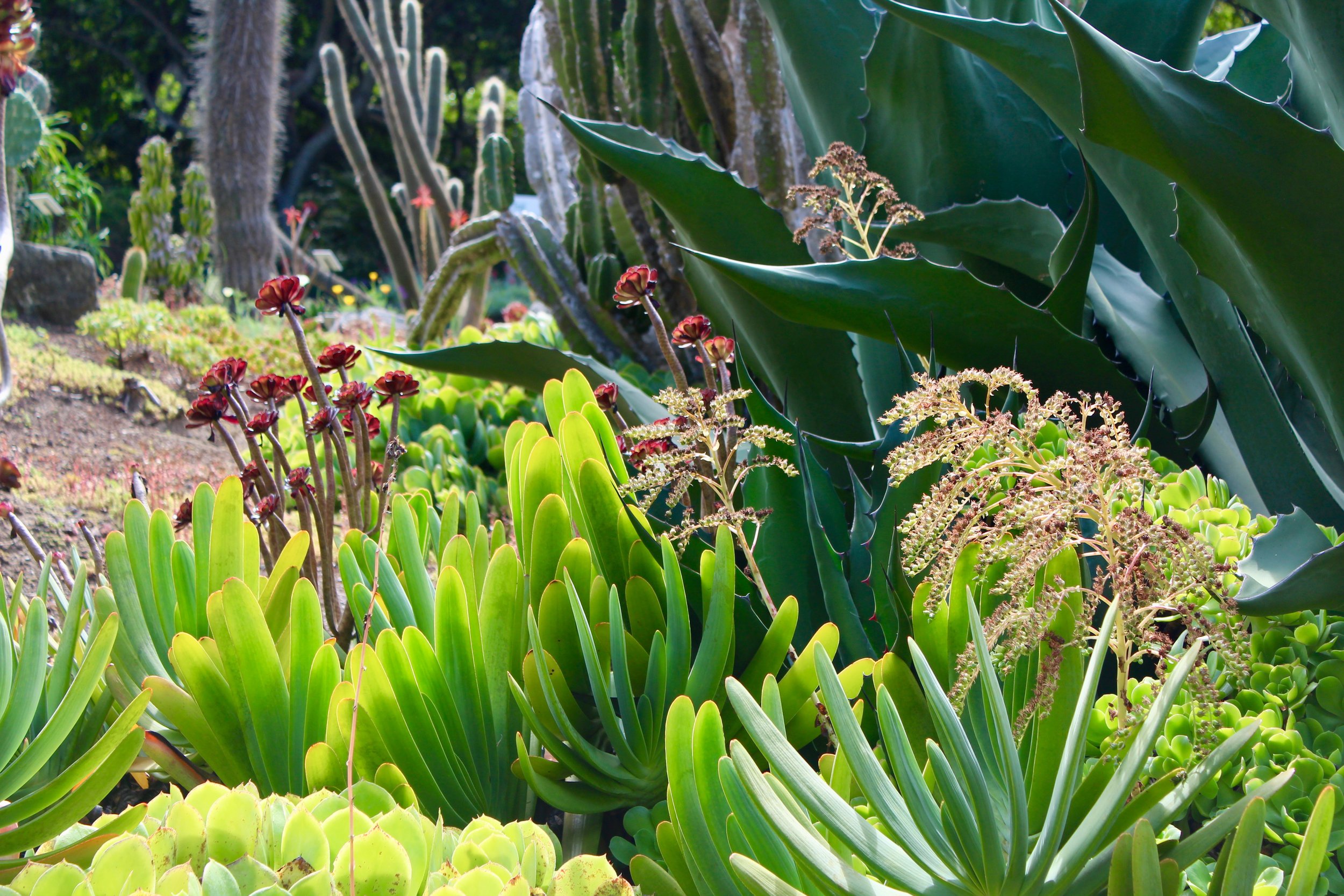
Here the most is made out of foliage color in a triadic color scheme of steel blue, chartreuse yellow, and burgundy red succulent leaves. The lovely blue brush strokes of the Agave remind me of the windswept hillside in Roberto Burle Marx’s design for the Edmundo Cavanellas Residence.
Most of the plants in this garden run a different photosynthetic pathway called CAM (Crassulacean Acid Metabolism) which helps them have a more efficient photosynthetic rate under extremely dry conditions. If you know your succulents, please help me identify the species shown on these pictures! My best guesses are Aeonium arboreum, Aloe plicatilis, and some form of Agave sp., but I’m missing so many others!
Past the succulents, we enter the Heath and Heather Collection. Erica and Calluna sp. are excellent choices for the coastal garden, especially in a Mediterranean climate. They tolerate salt spray, drought, and are relatively cold hardy. It is rare to see collections dedicated to specific genera, other than roses, and that is another thing I find delightful about this garden. Generous collections that truly represent the genetic variety within genera.
If you appreciate a garden of edible plants that invites you to linger, then look no further. The Vegetable Gardens and Orchards at Mendocino Coastal botanical gardens invite you to gingerly pick your produce then sit back on a bench and munch as you admire your labors. As I was walking away, I saw the most stunning tall herb! Behold Angelica stricta ‘Purpurea’. It has beautiful maroon stems and leaves. The flowers are pink, maroon, and white. Angelica stricta (also known as Angelica sylvestris) is a type of wild celery which grows 48” tall and 36” wide. Like many tall herbs, it is biennial and self-sows readily. A nice architectural alternative to Verbena bonariensis.
Finally we arrive at the garden’s pièce de résistance: the Dahlia Garden. Dahlias are Mexico’s National flower, and their blooms are adored worldwide for a reason—what shade do they not come in? How velvety soft are their petals? Mendocino is a great place to get a sampler and decide which ones you want to grow. Here I’ve identified some of the different flower types, which are defined independently from the genera’s 35 species.

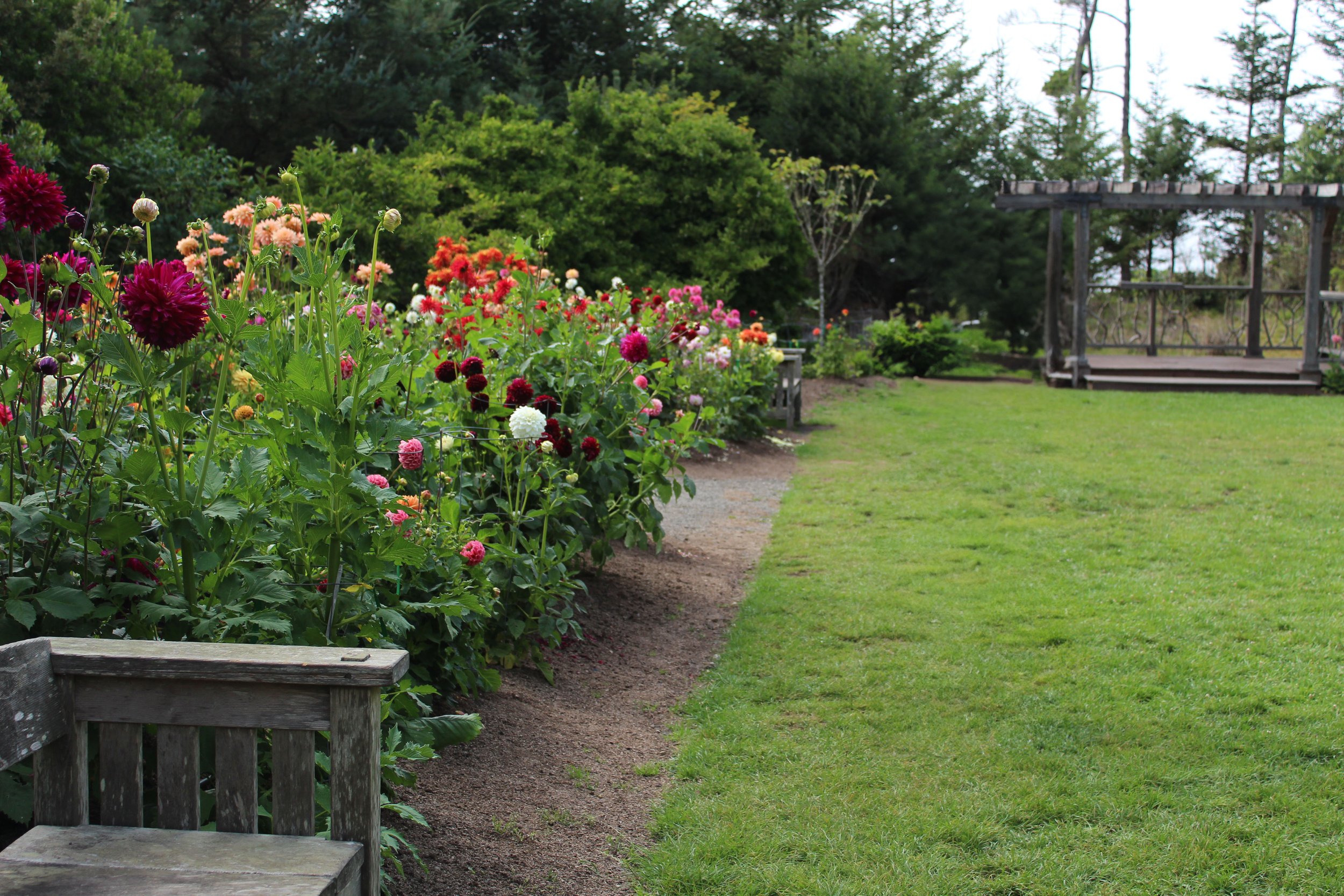




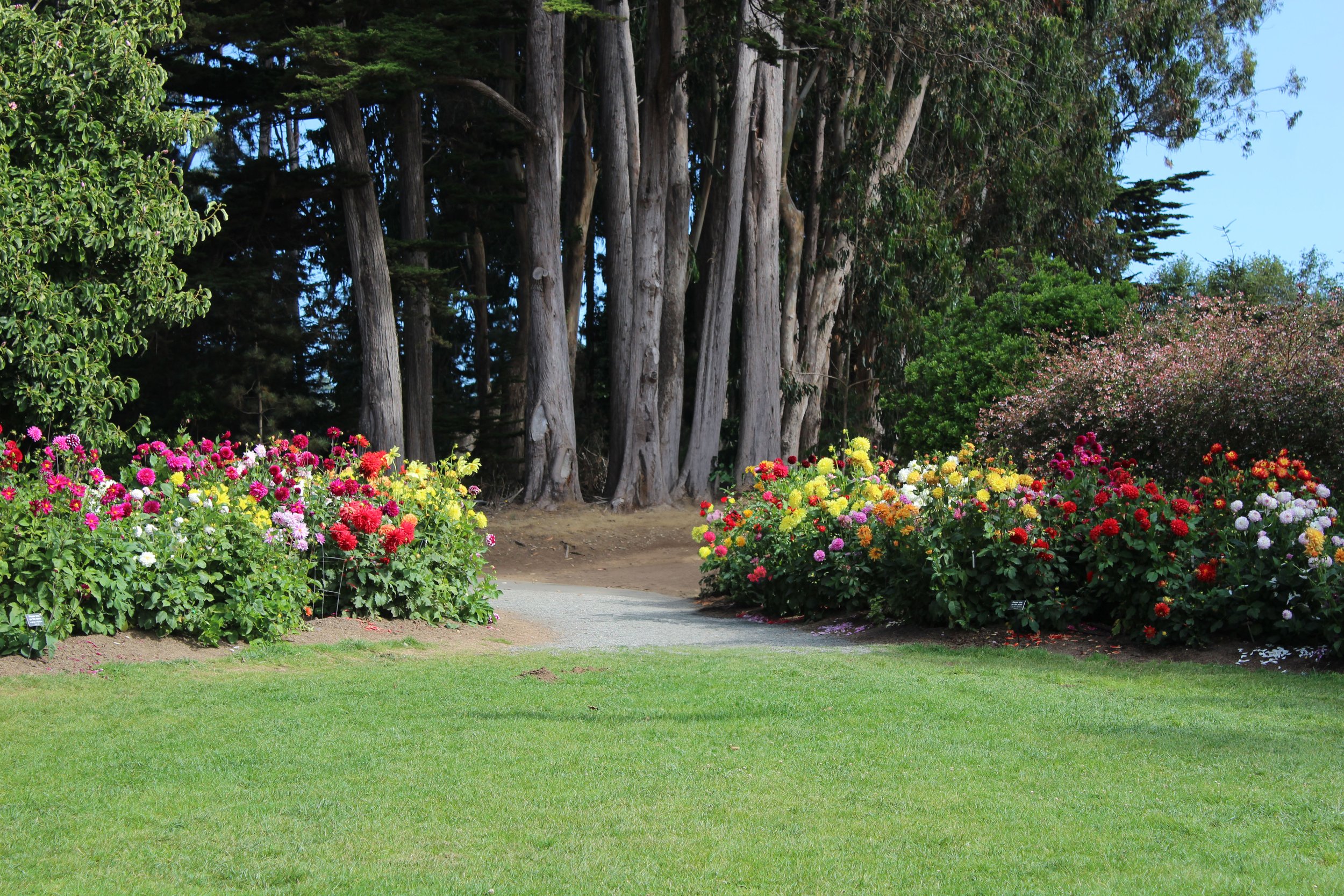
As we reach the garden’s end, the trail takes us right up to the shore. The views here are nothing short of a quintessential northern California coast. As we made our slow approach on this sunny day, we could see the marine layer creeping in from the ocean, at times occluding the shore in its foggy, salty mist.
View at the end of the garden trail. Coastal cliff balds with native manzanita, ferns, and grasses.


